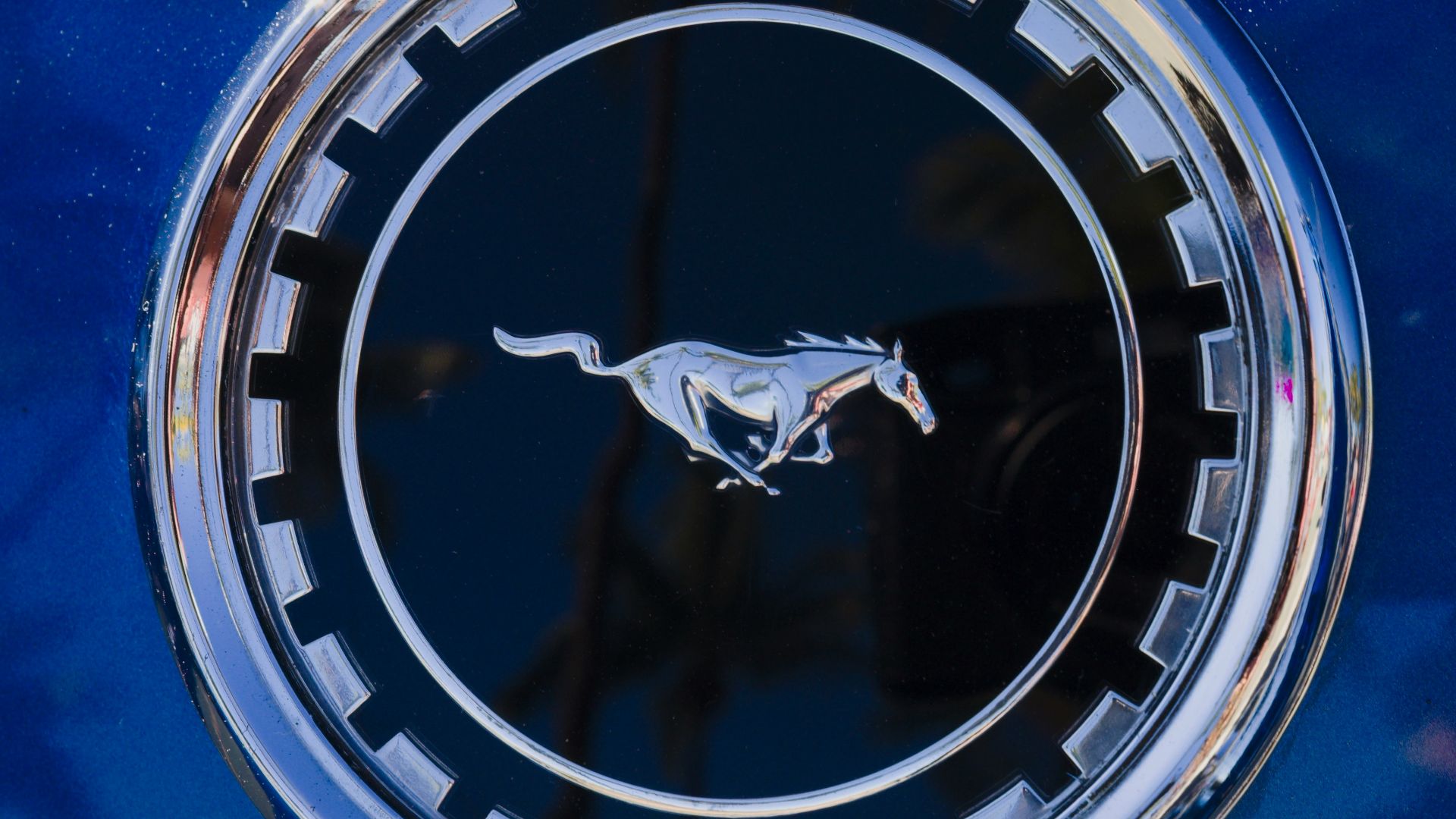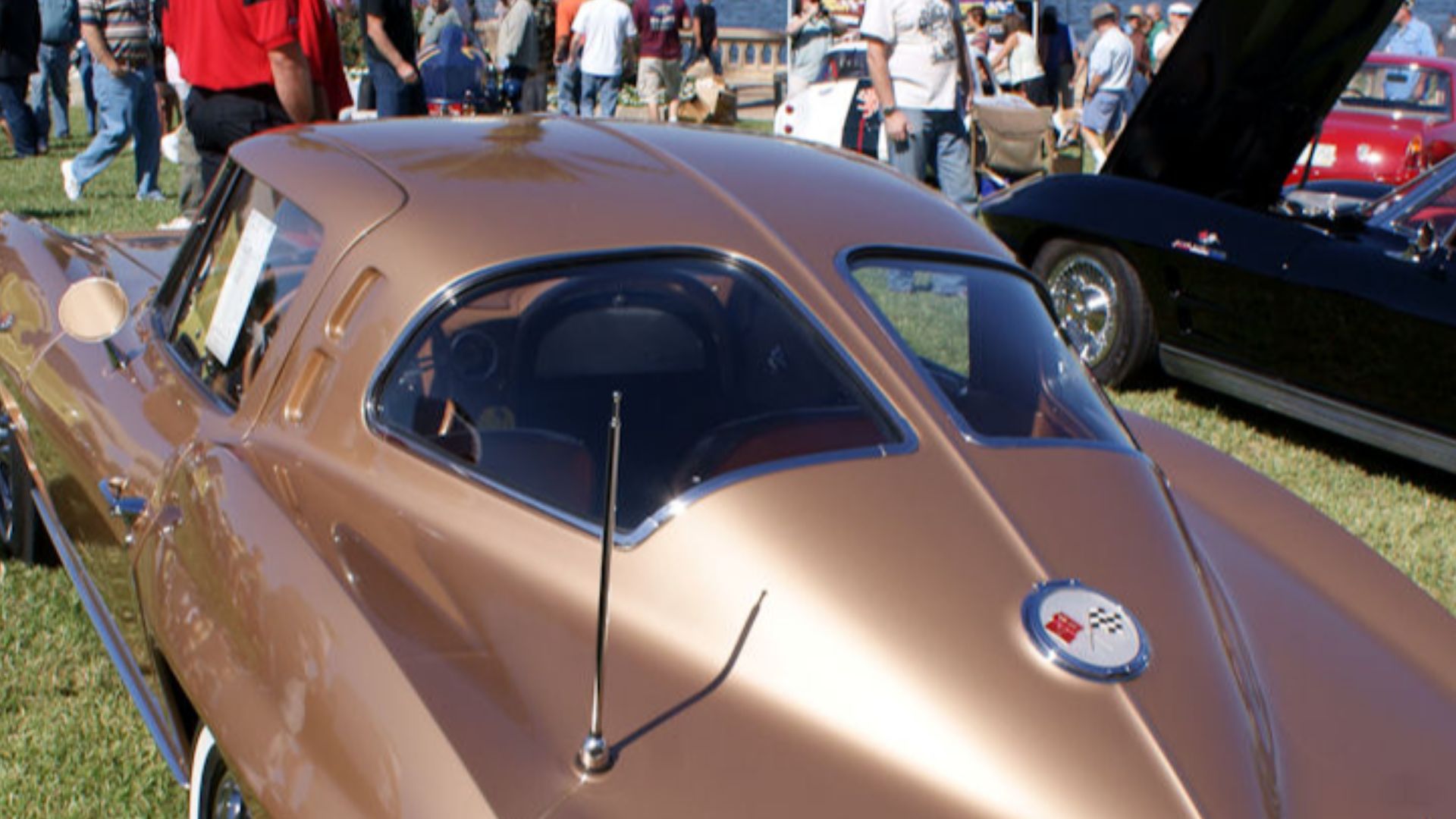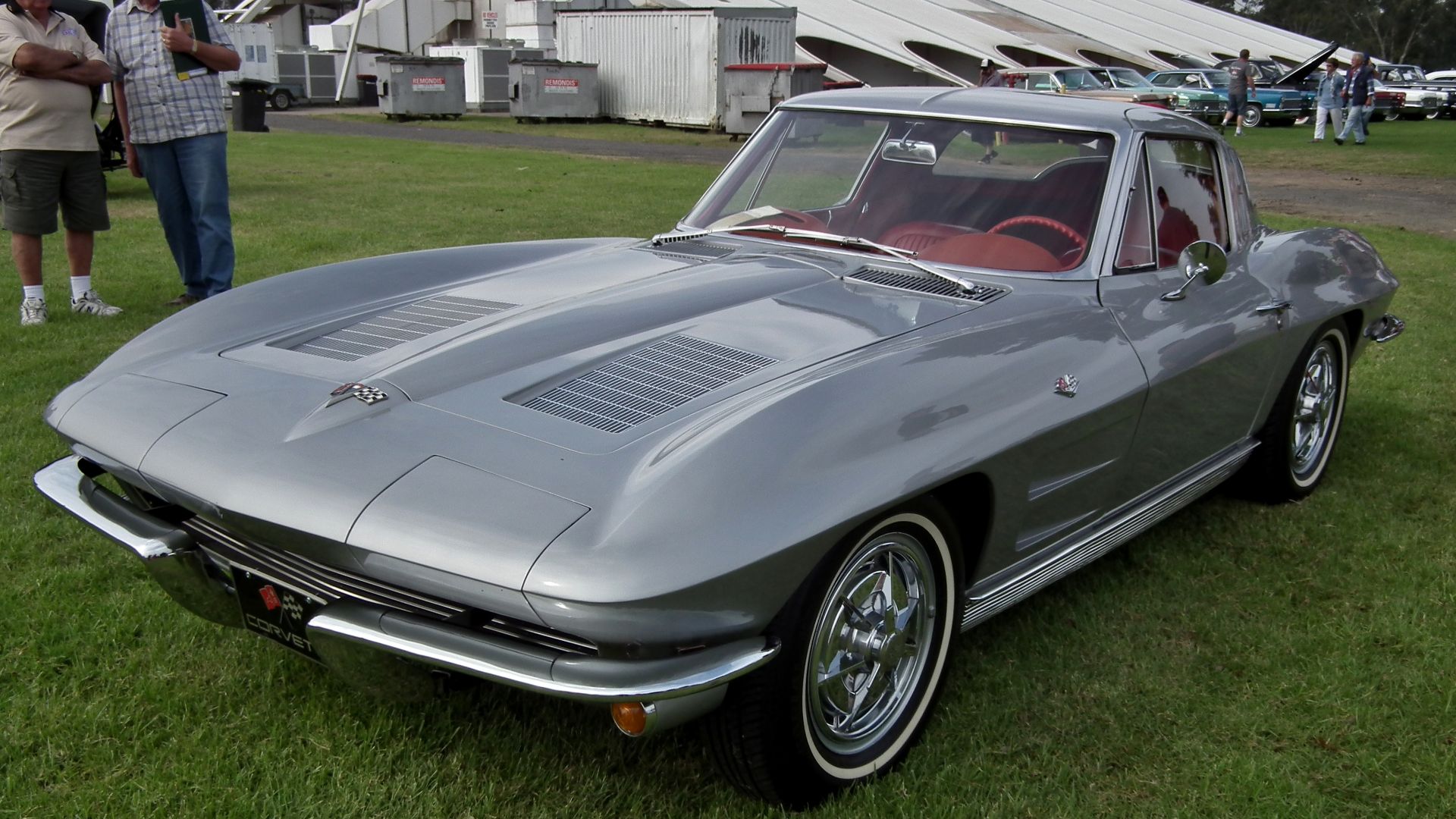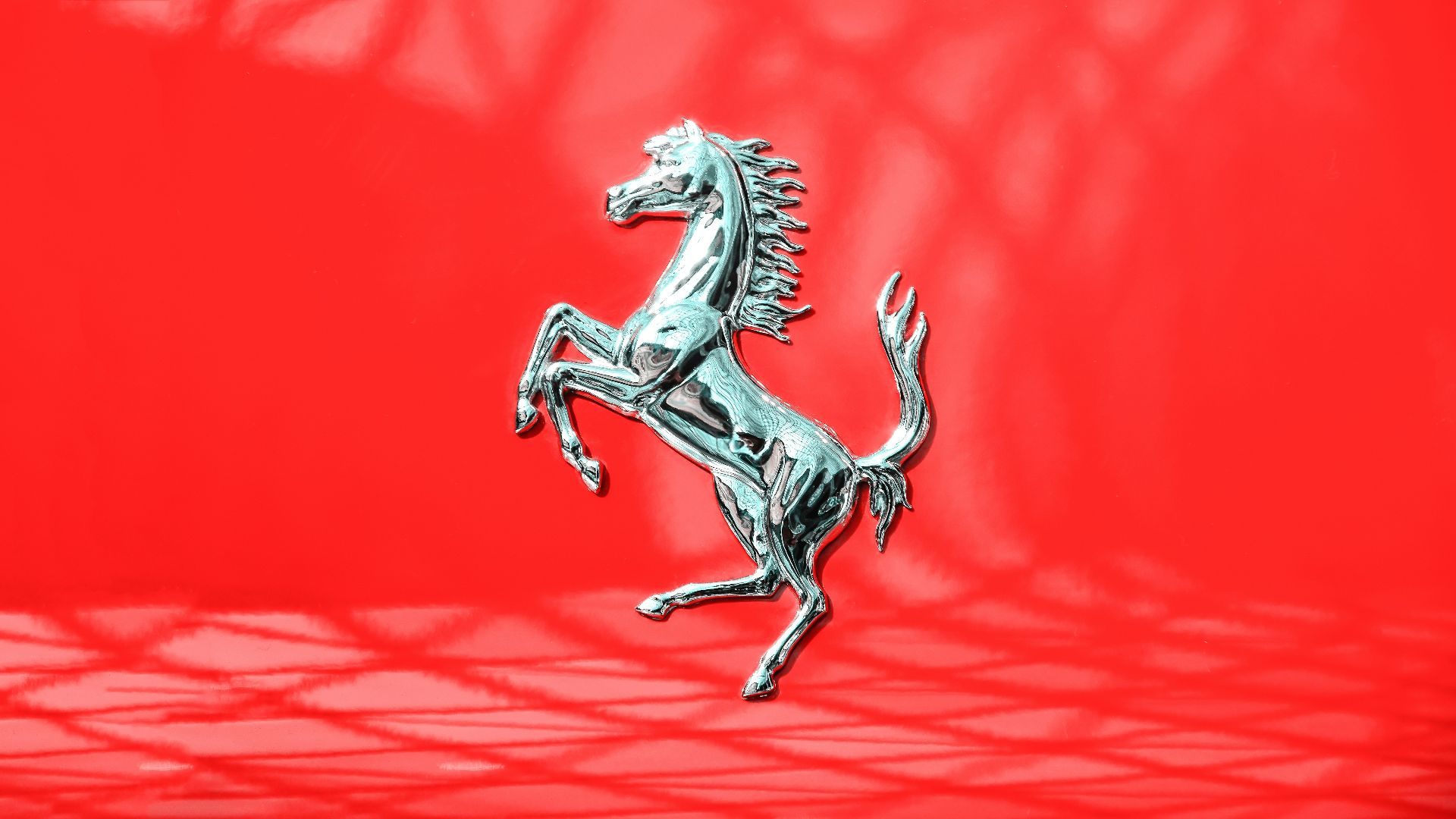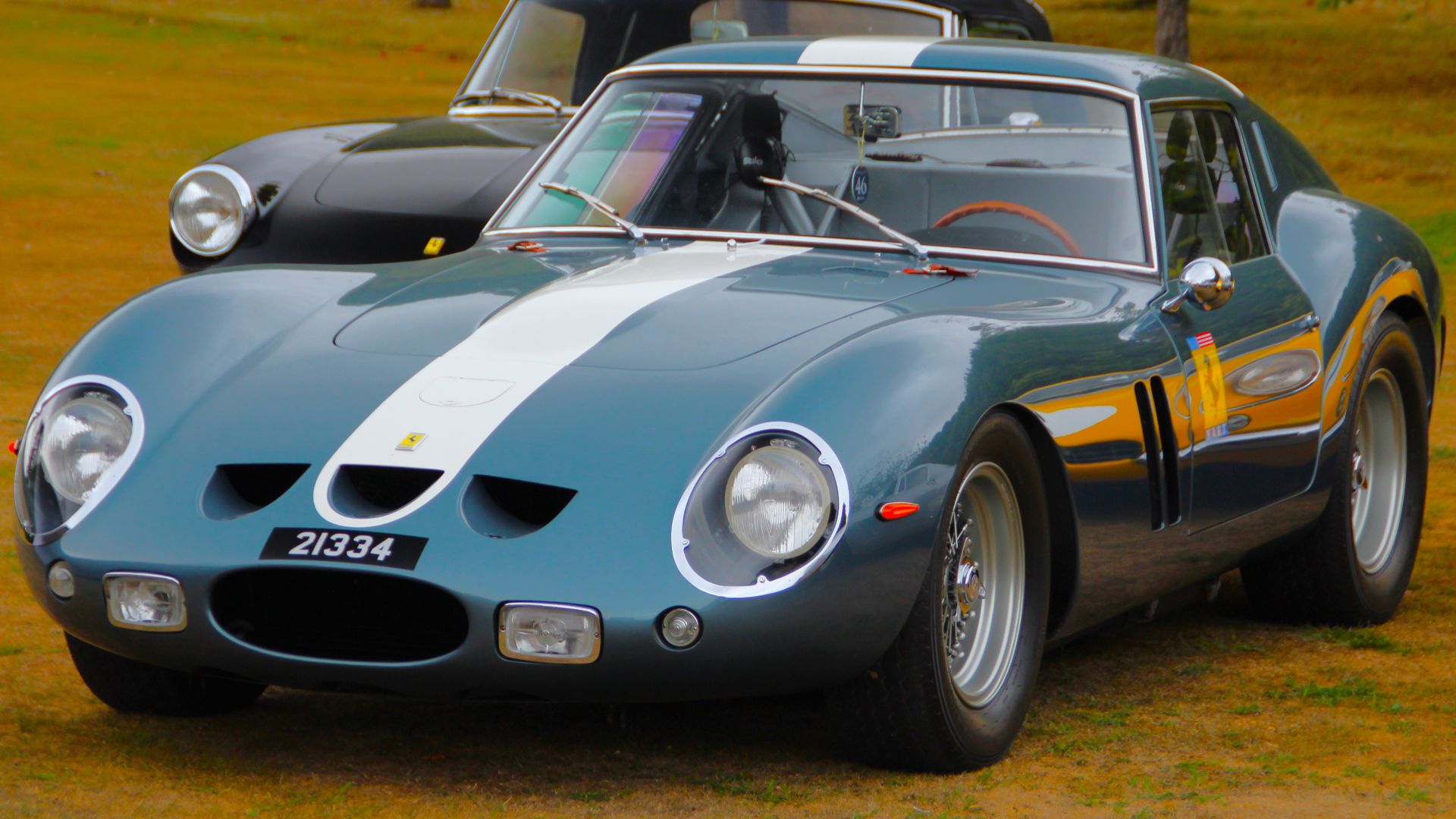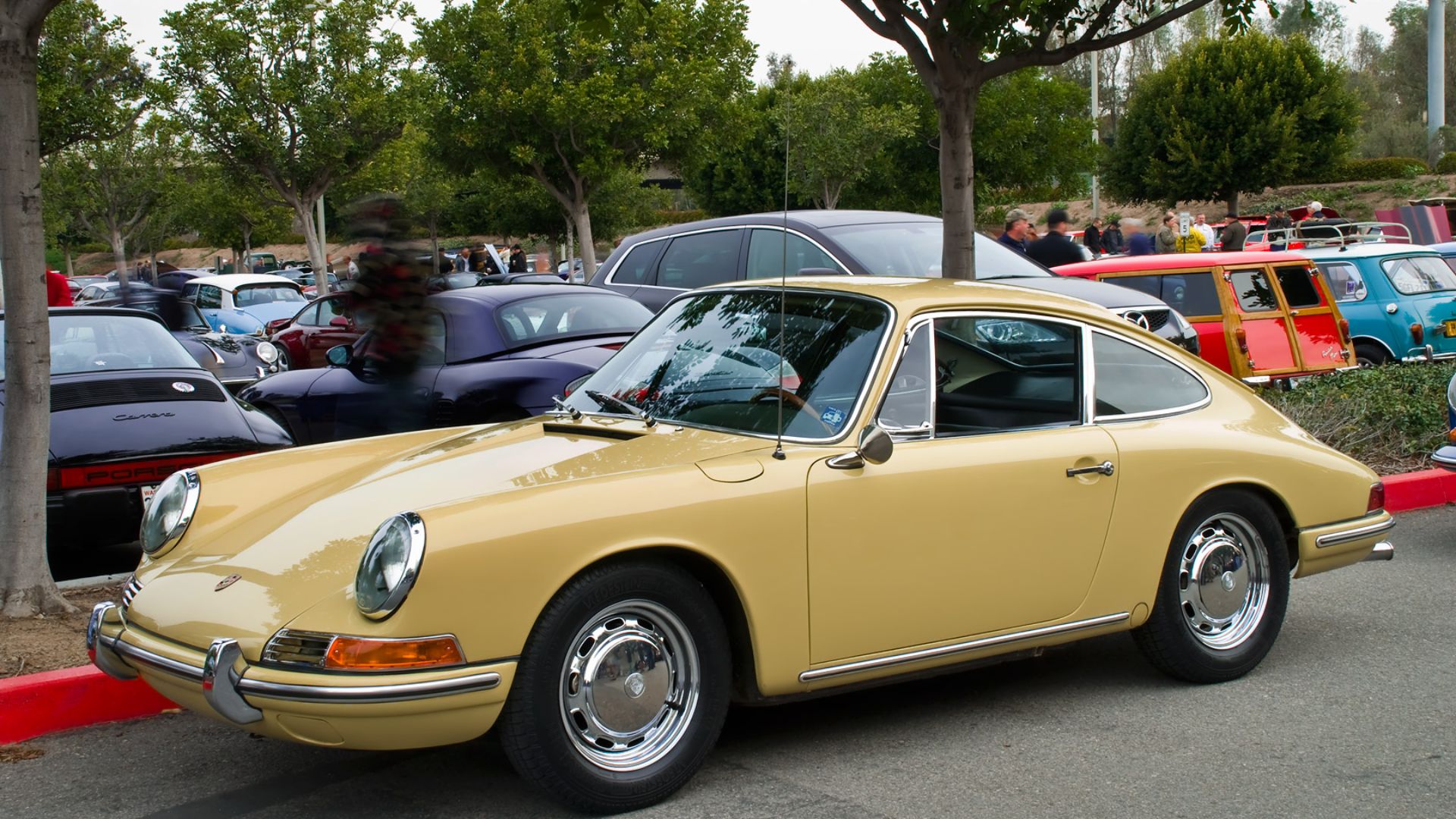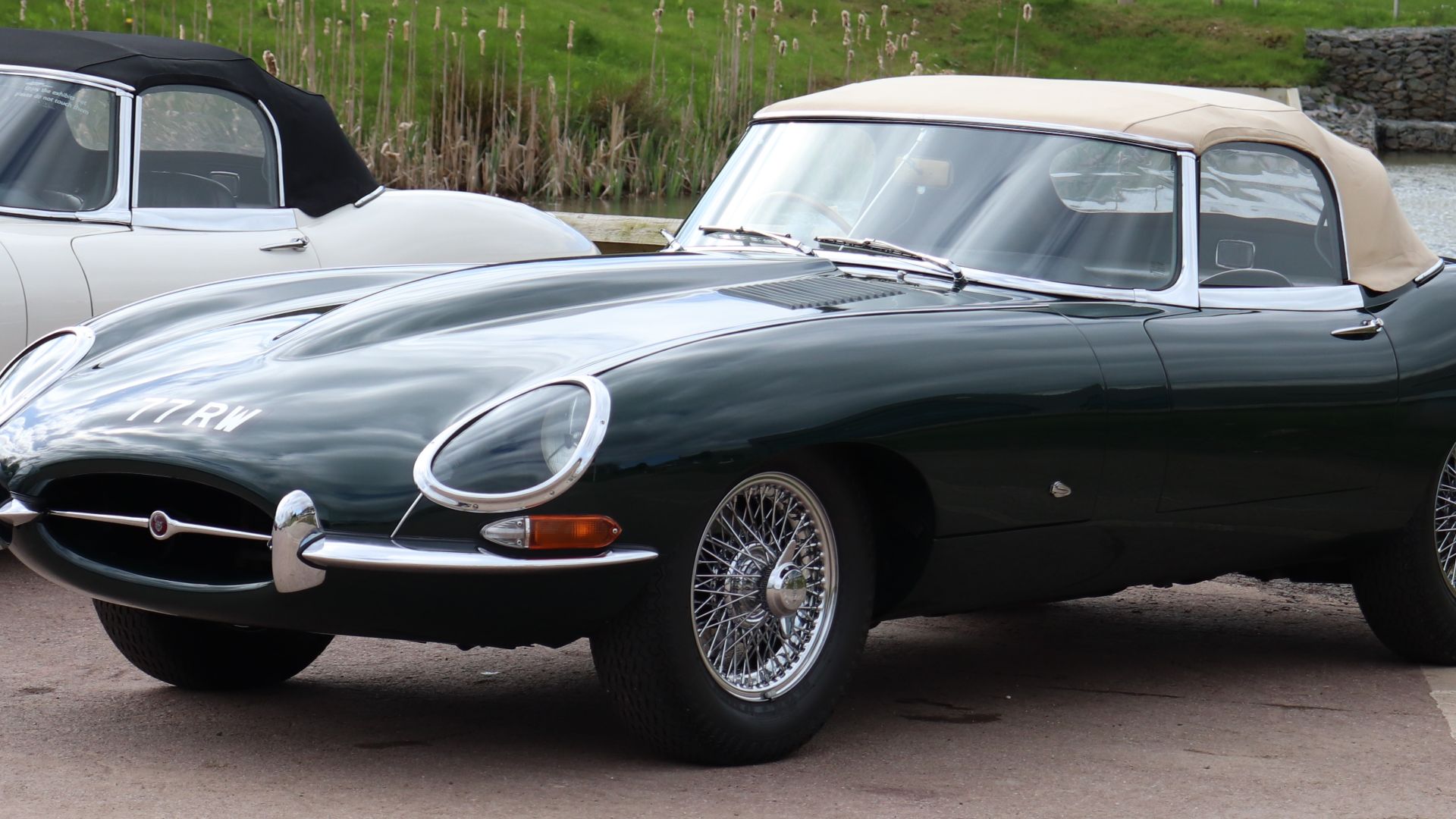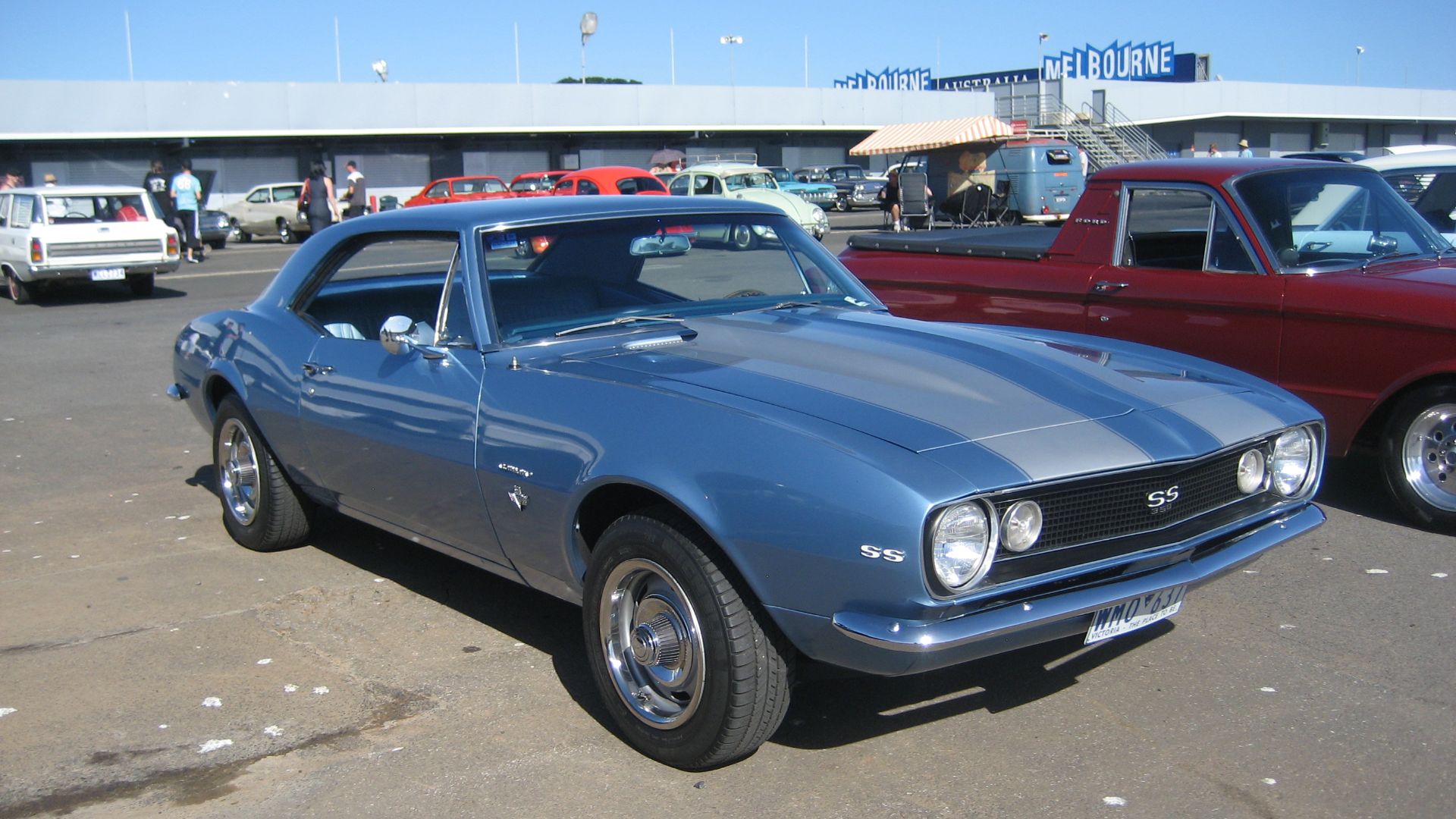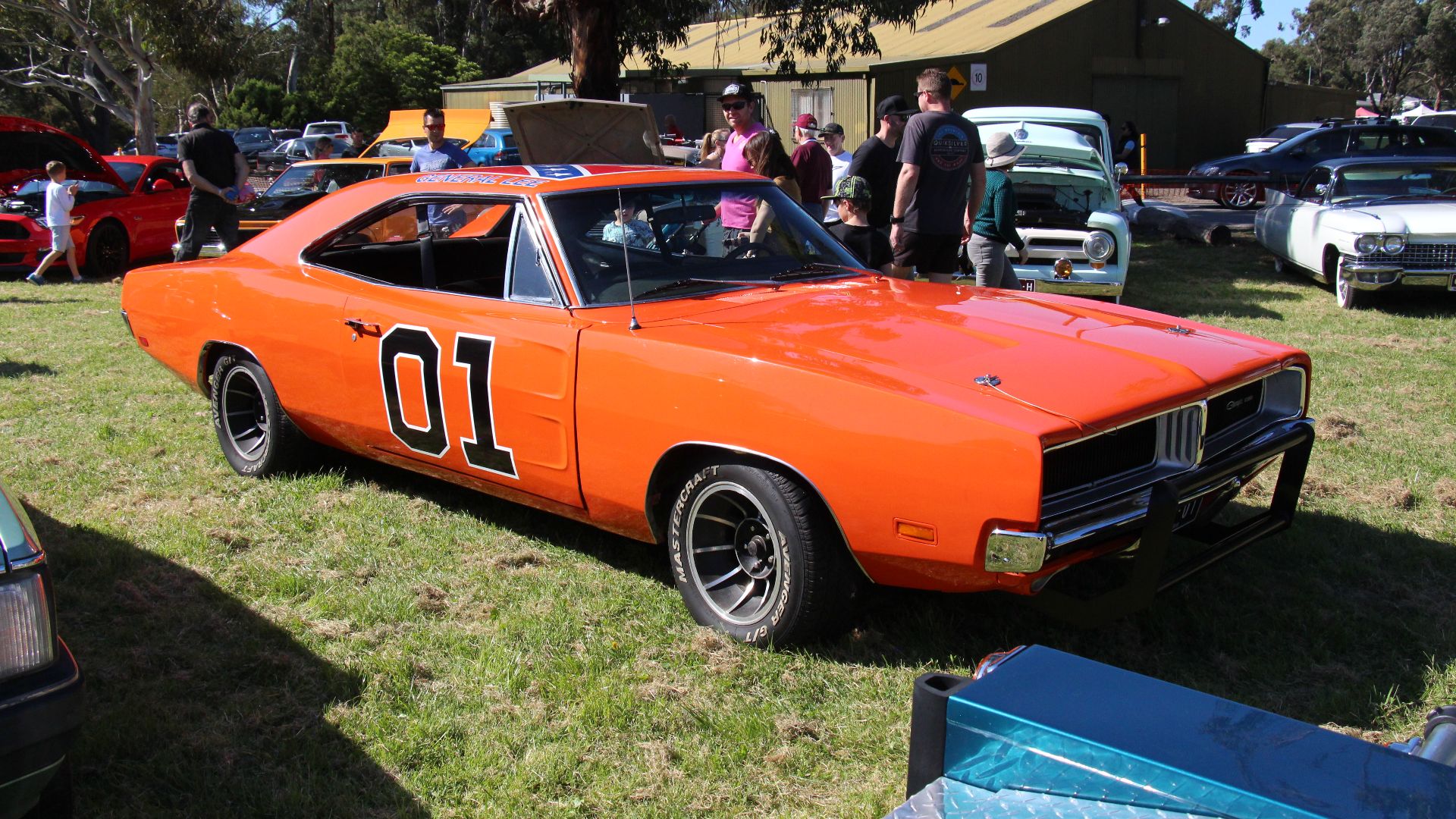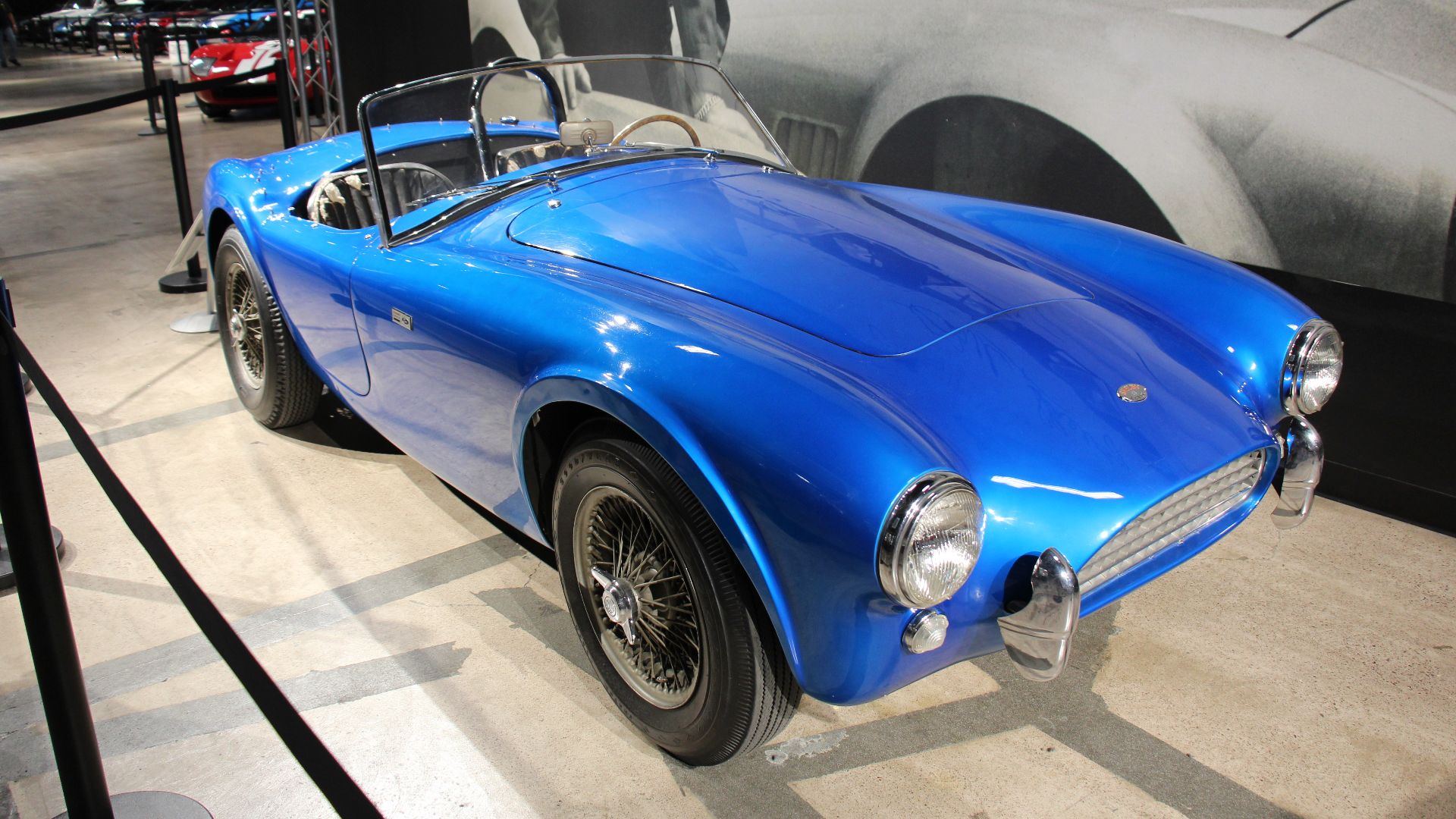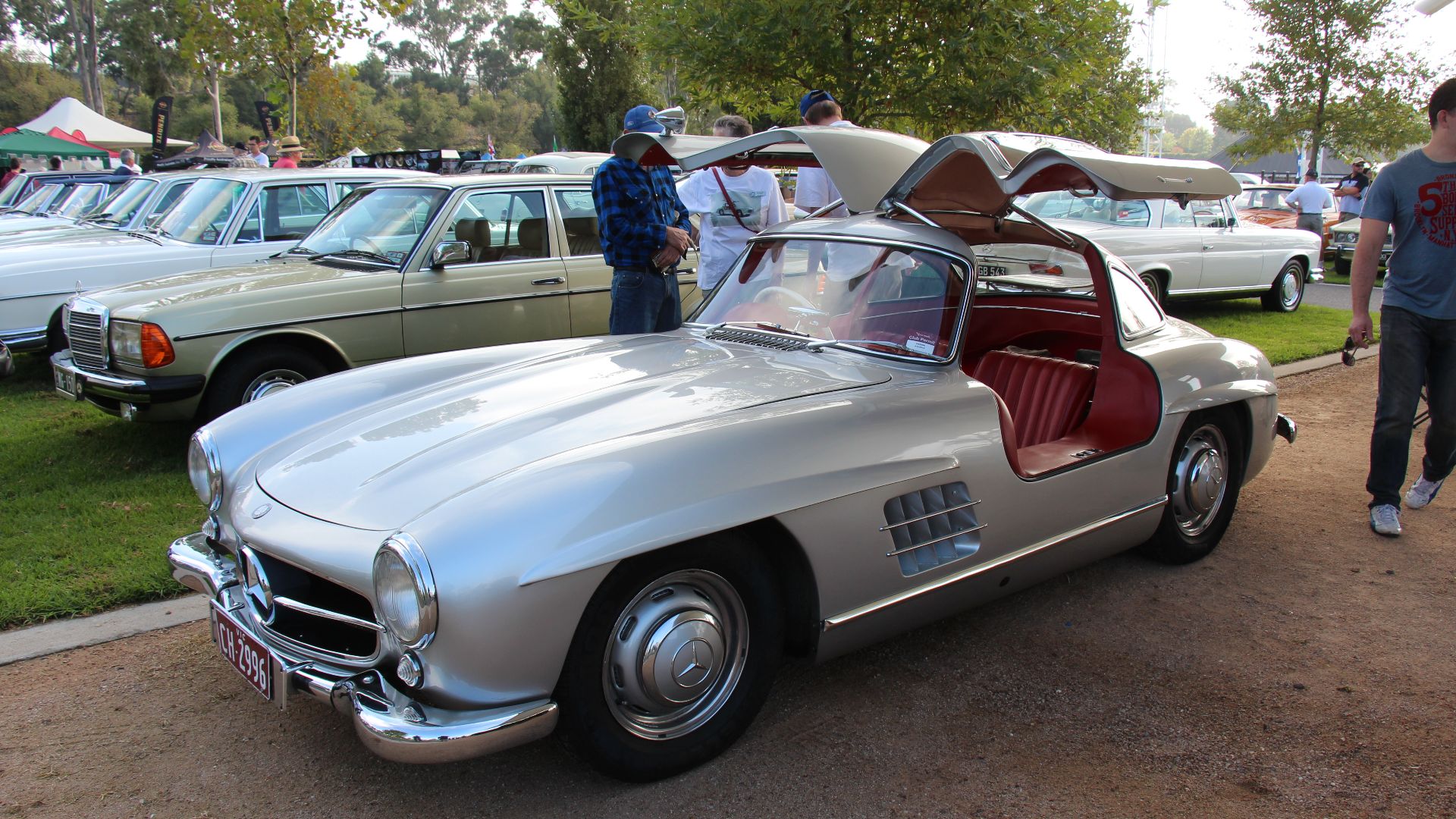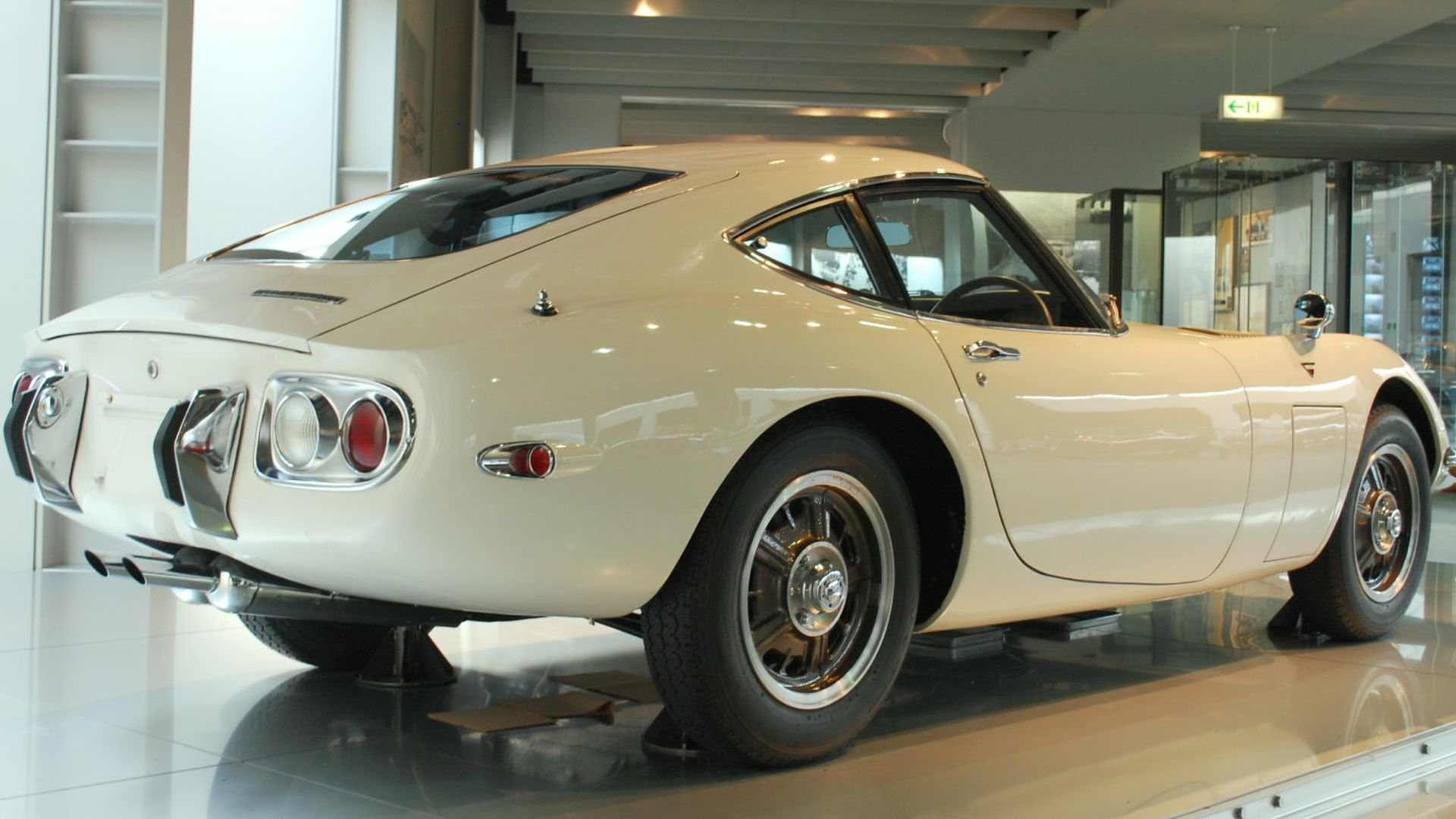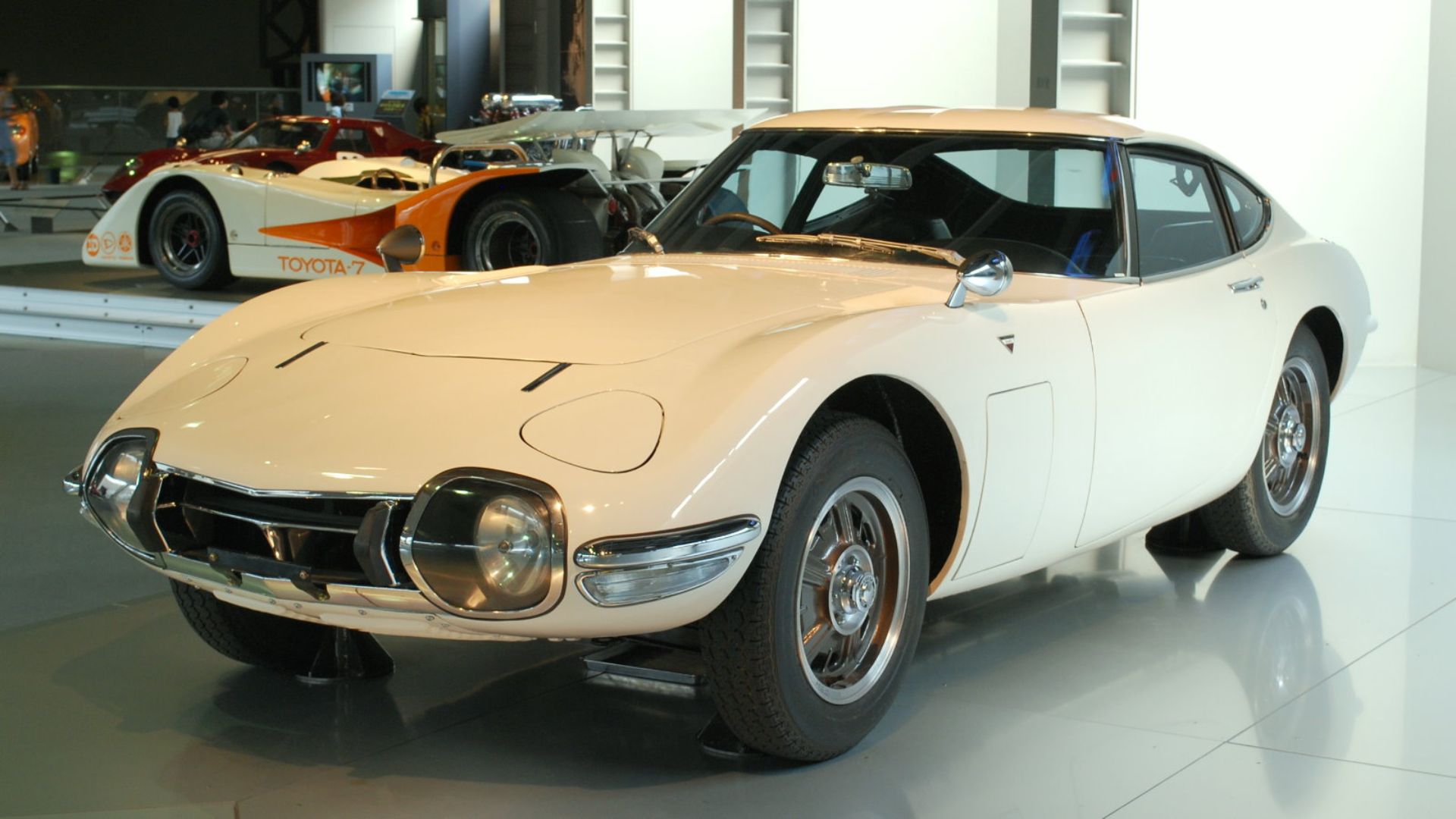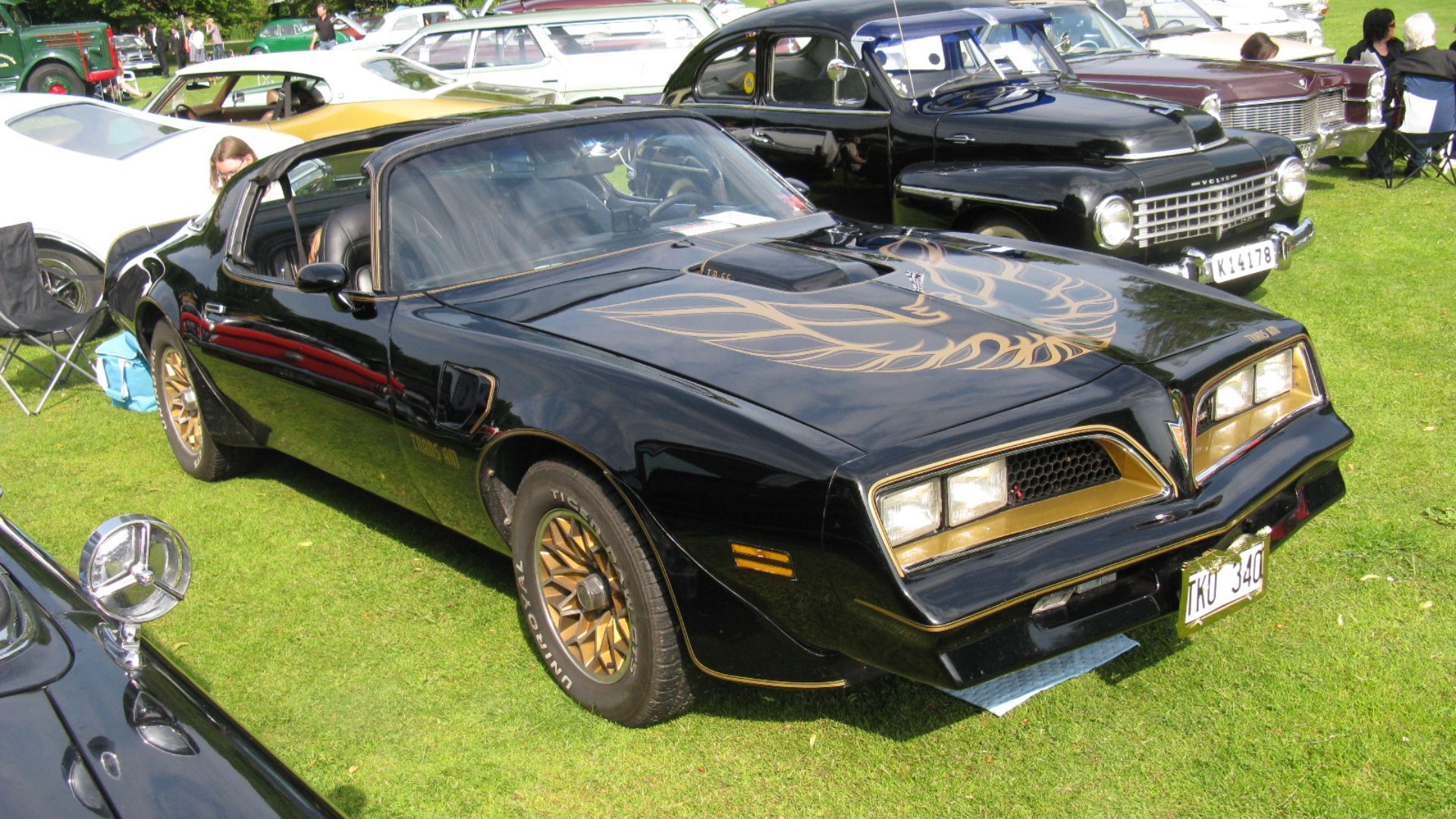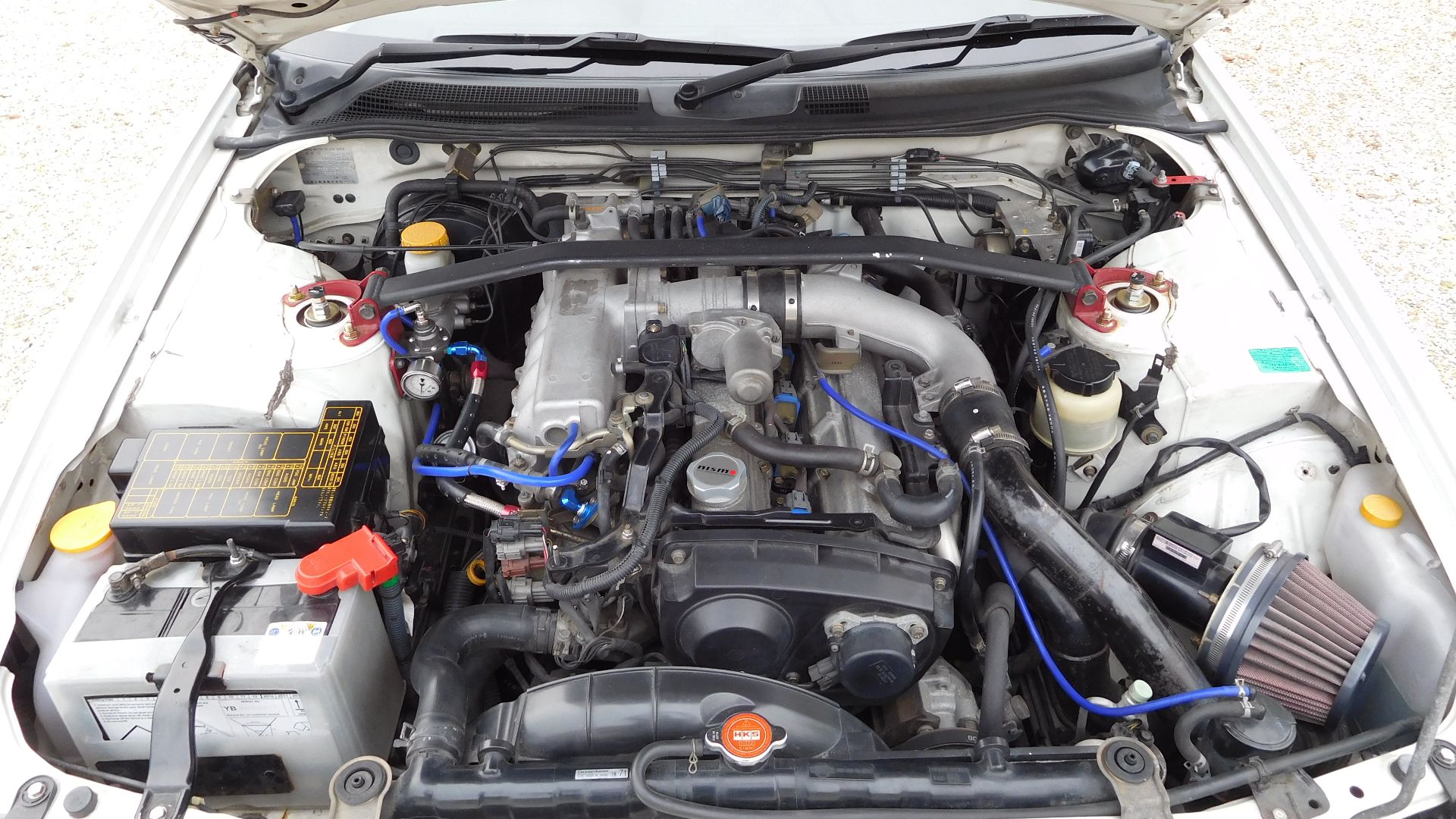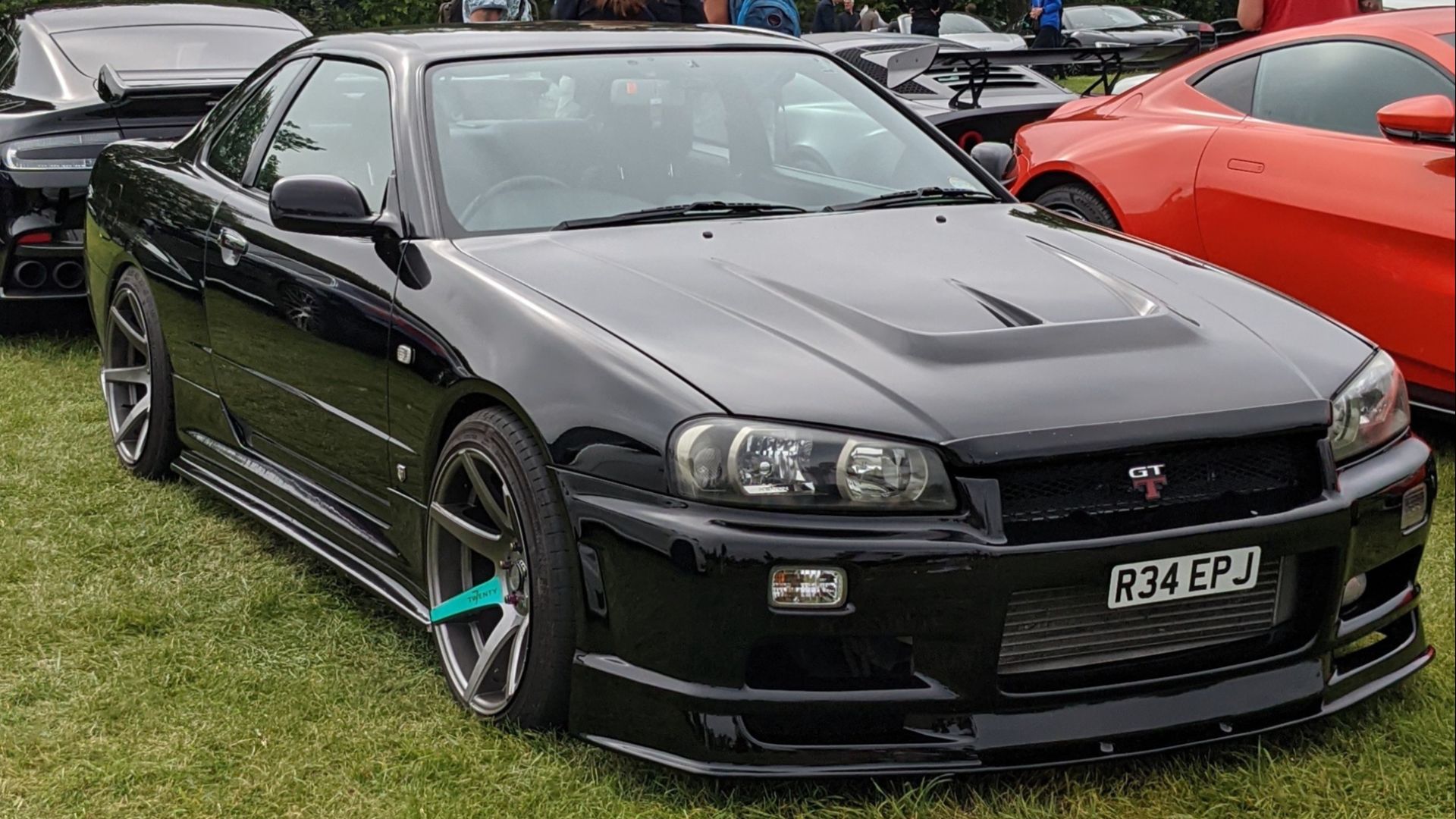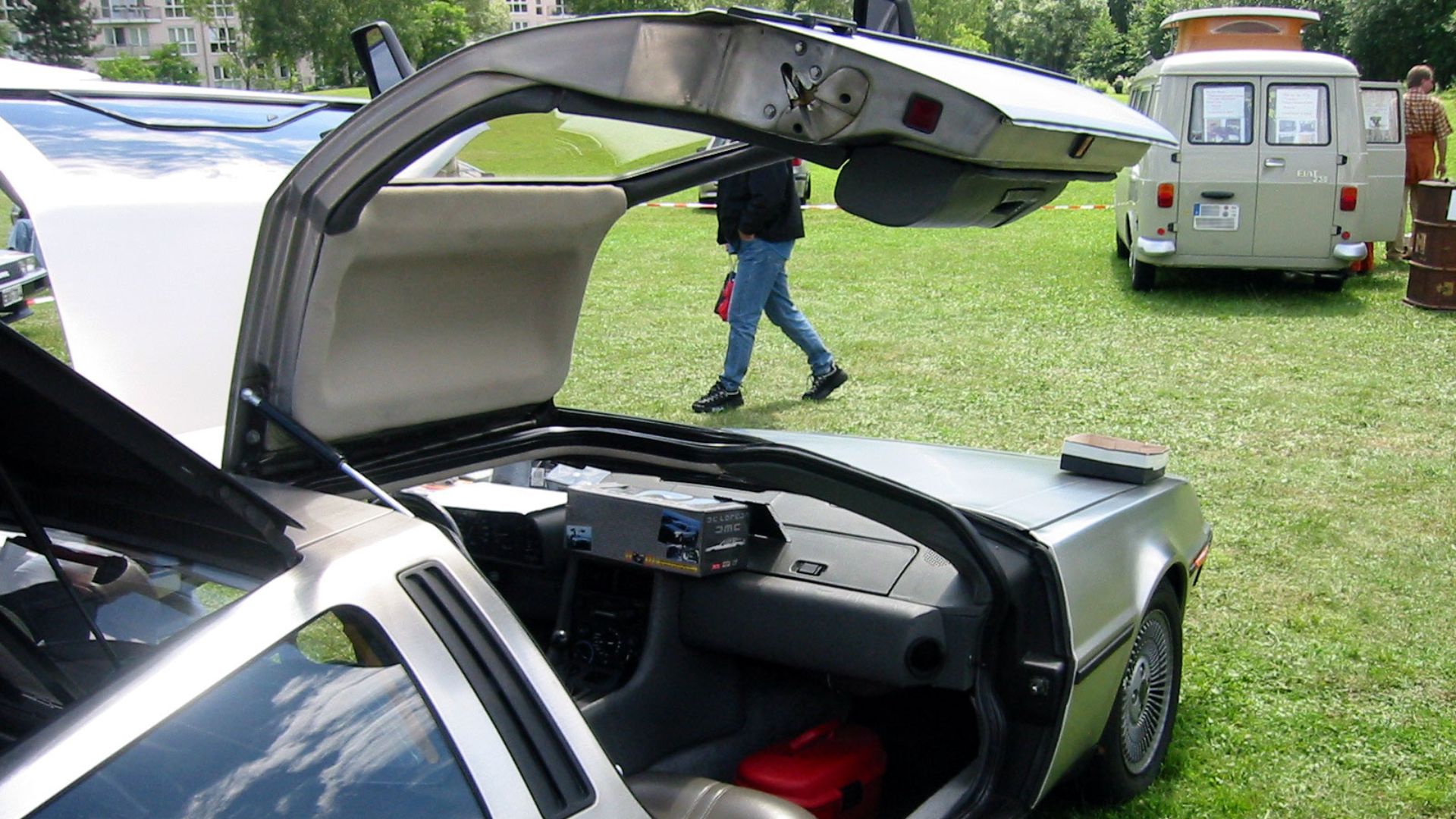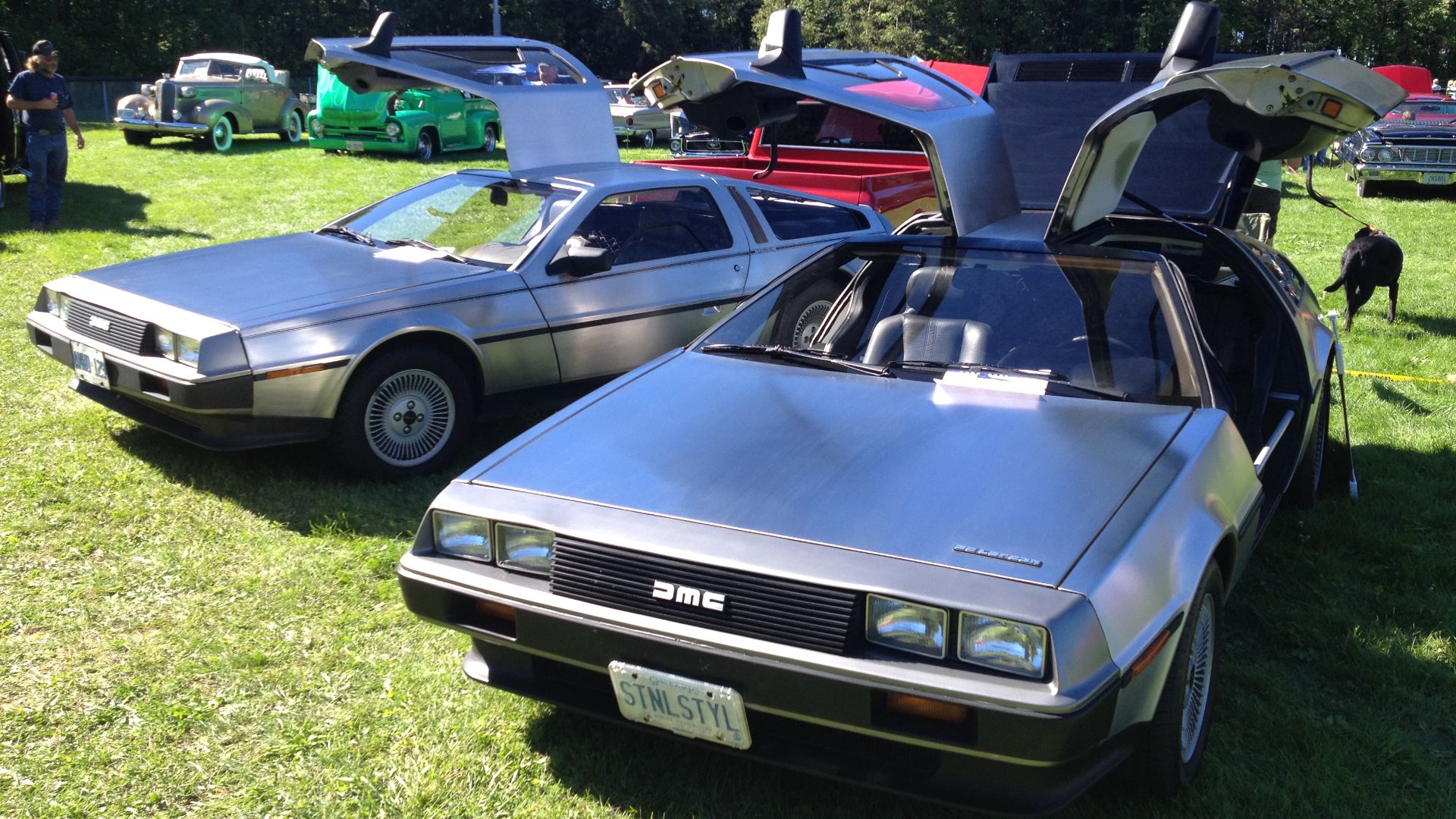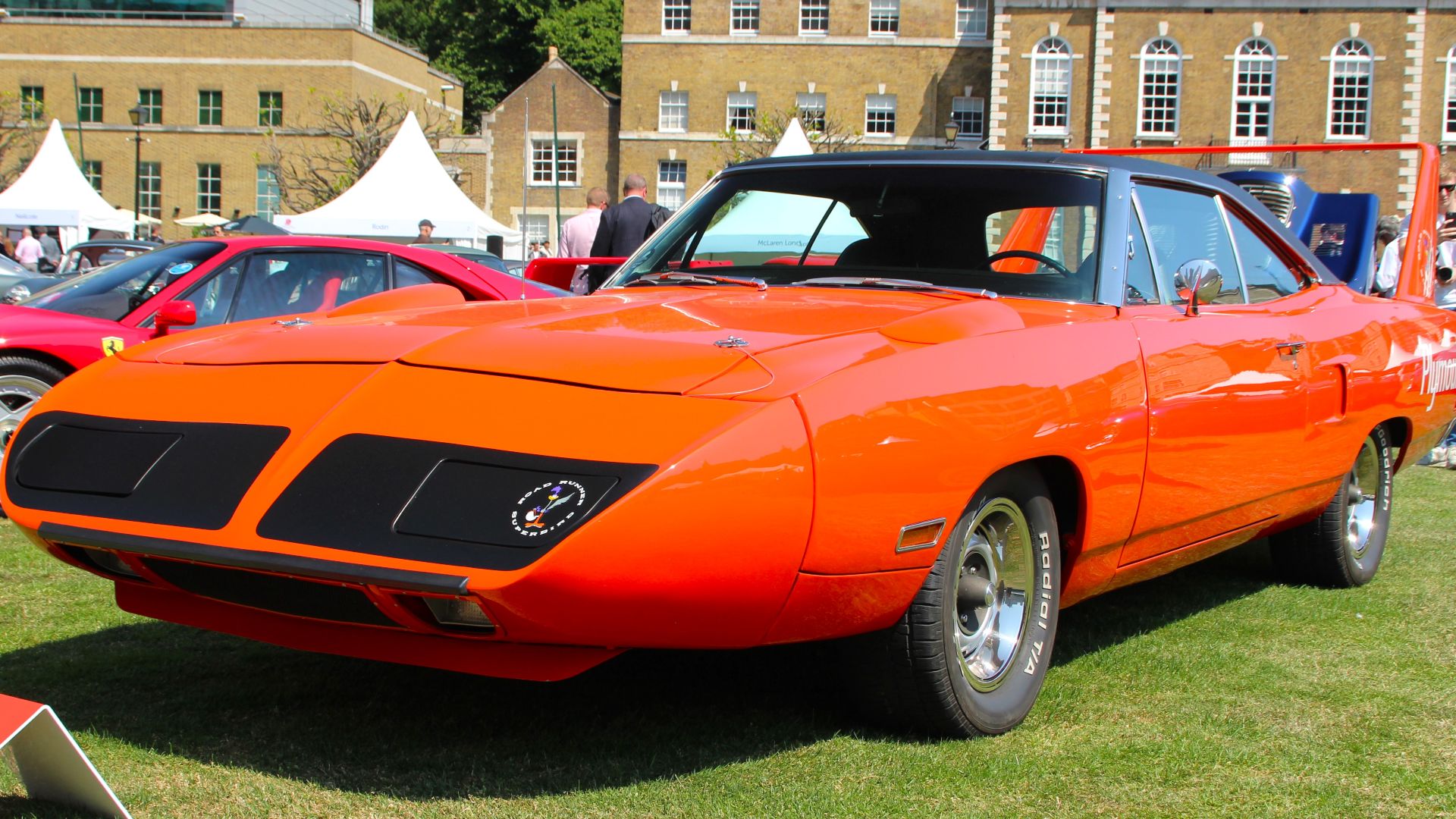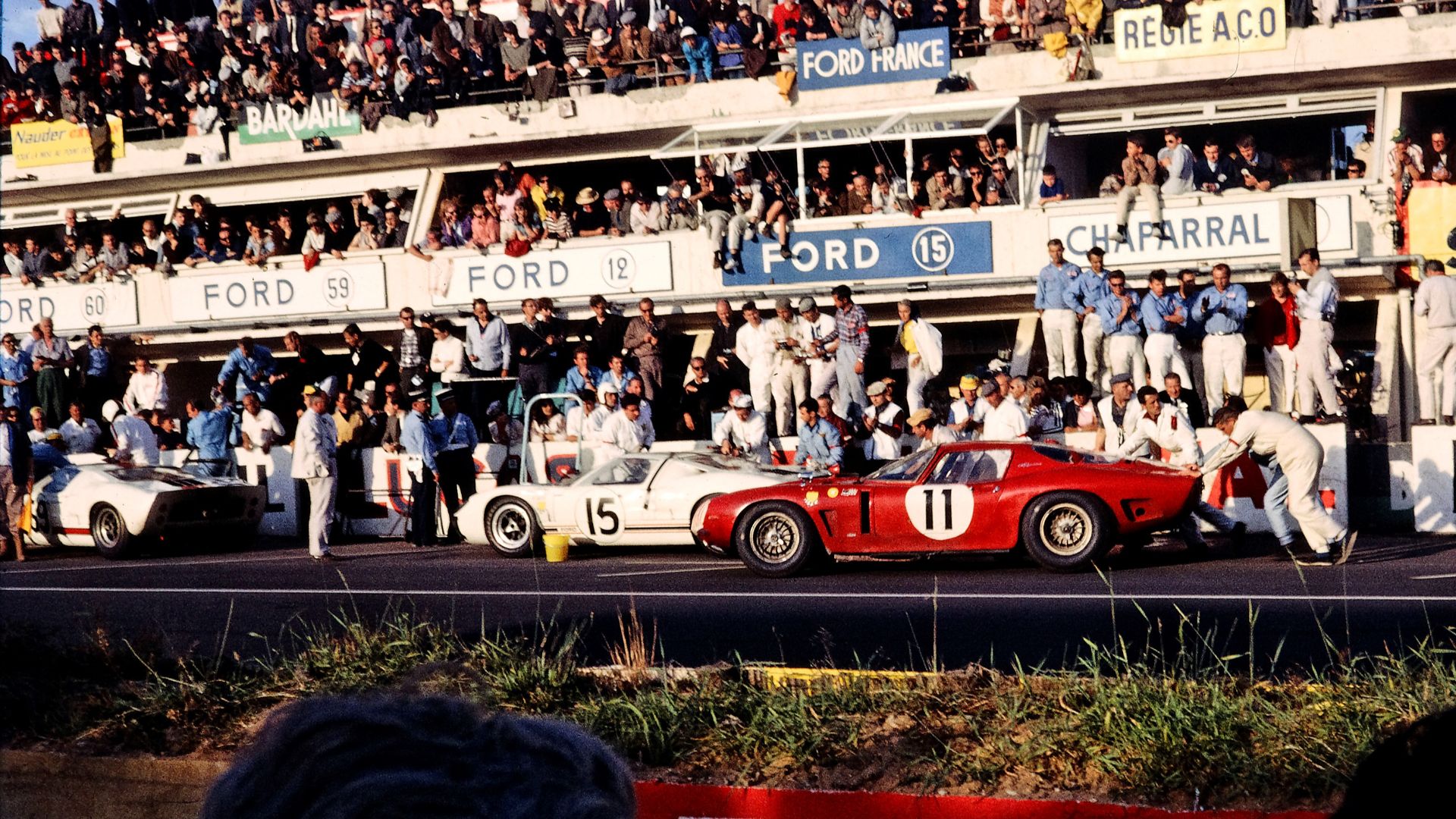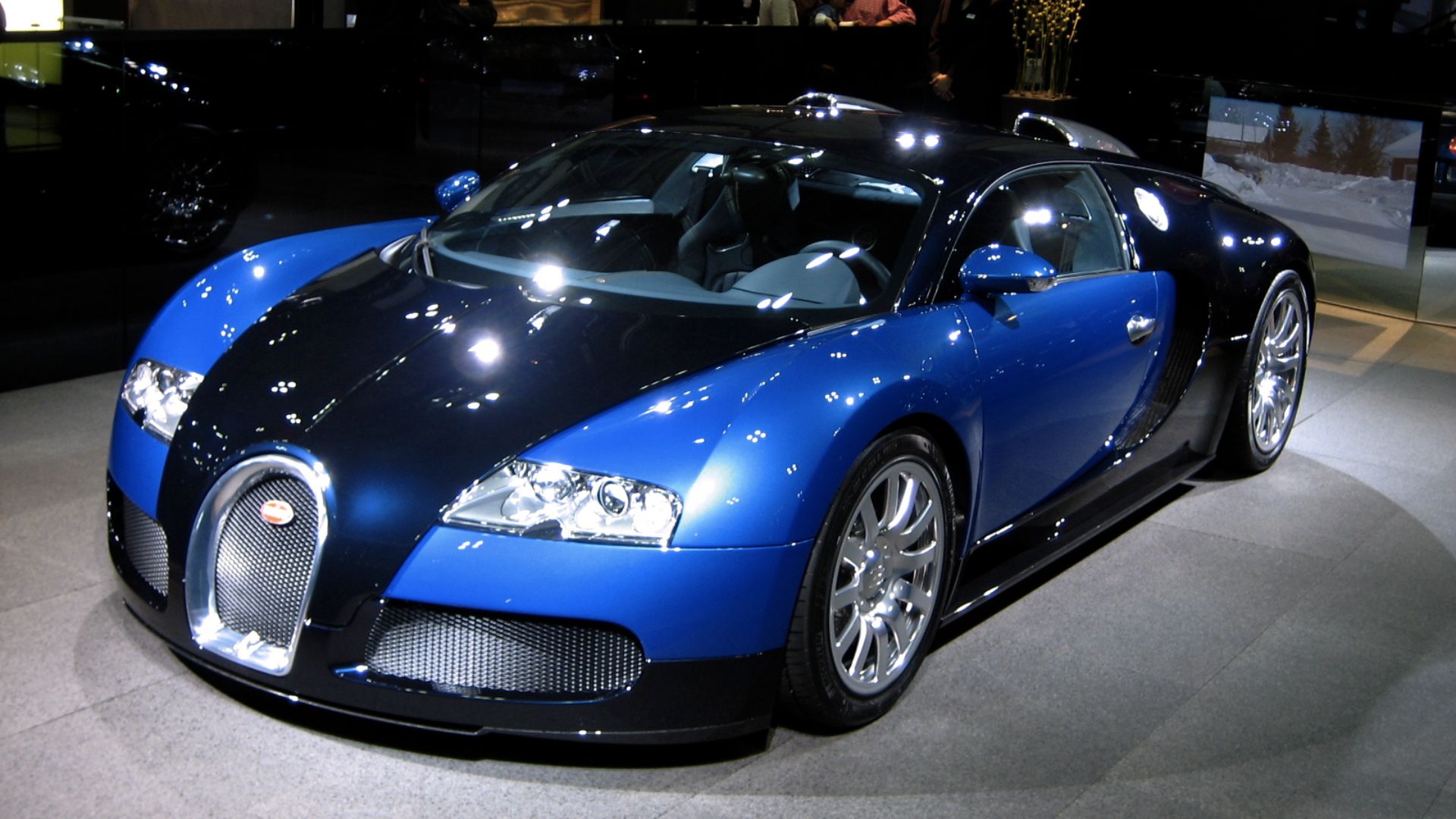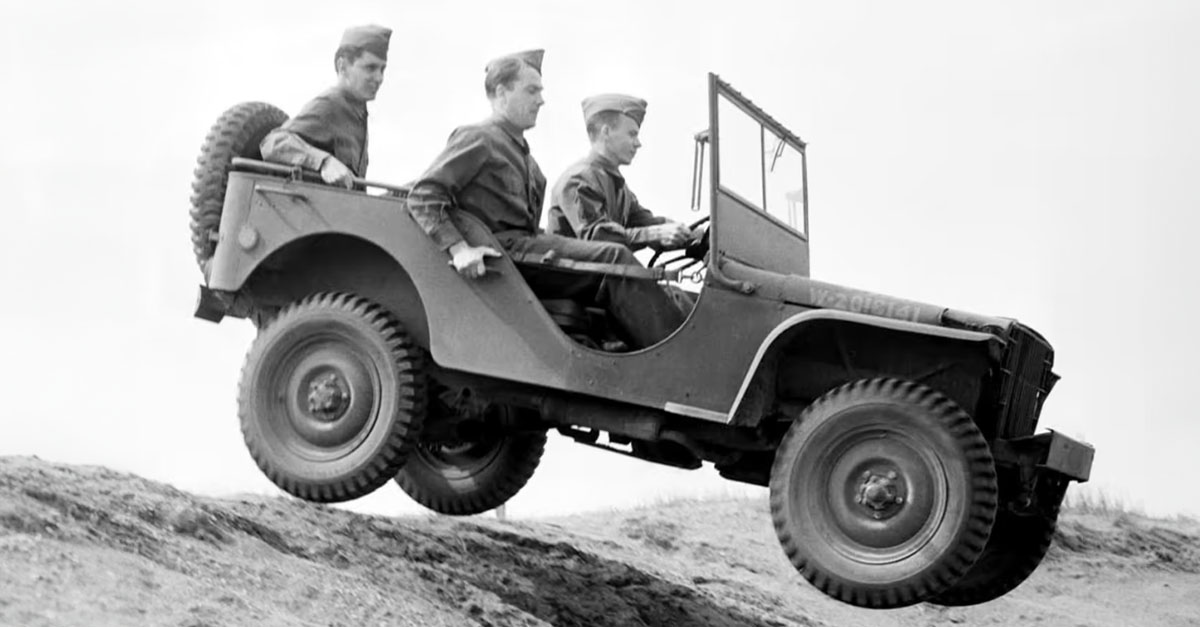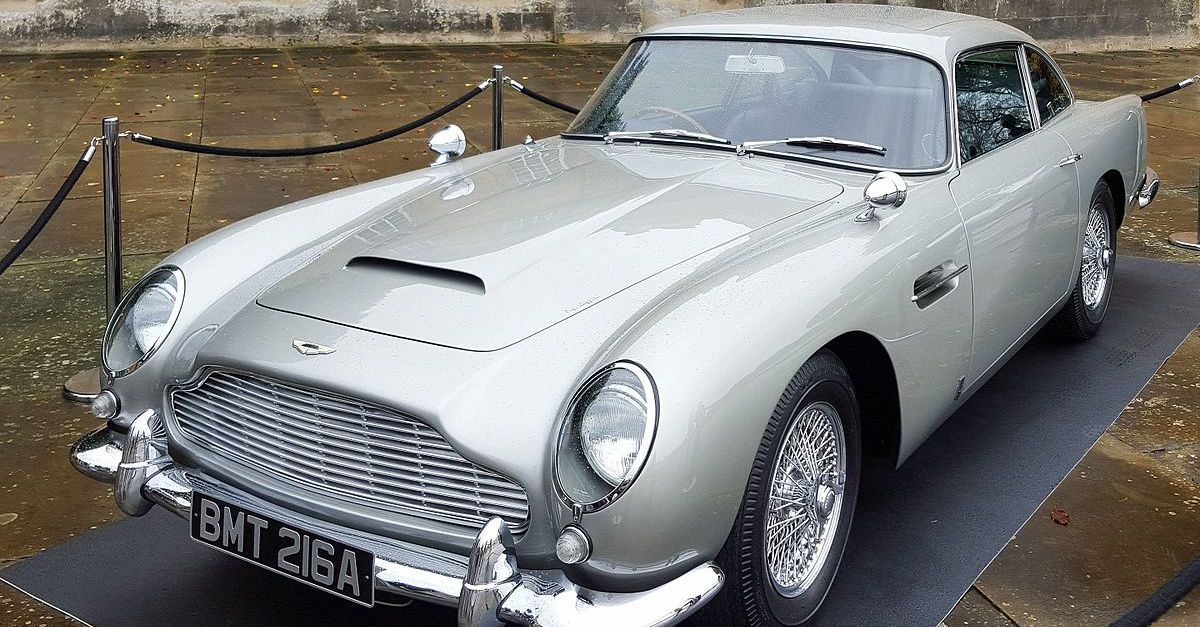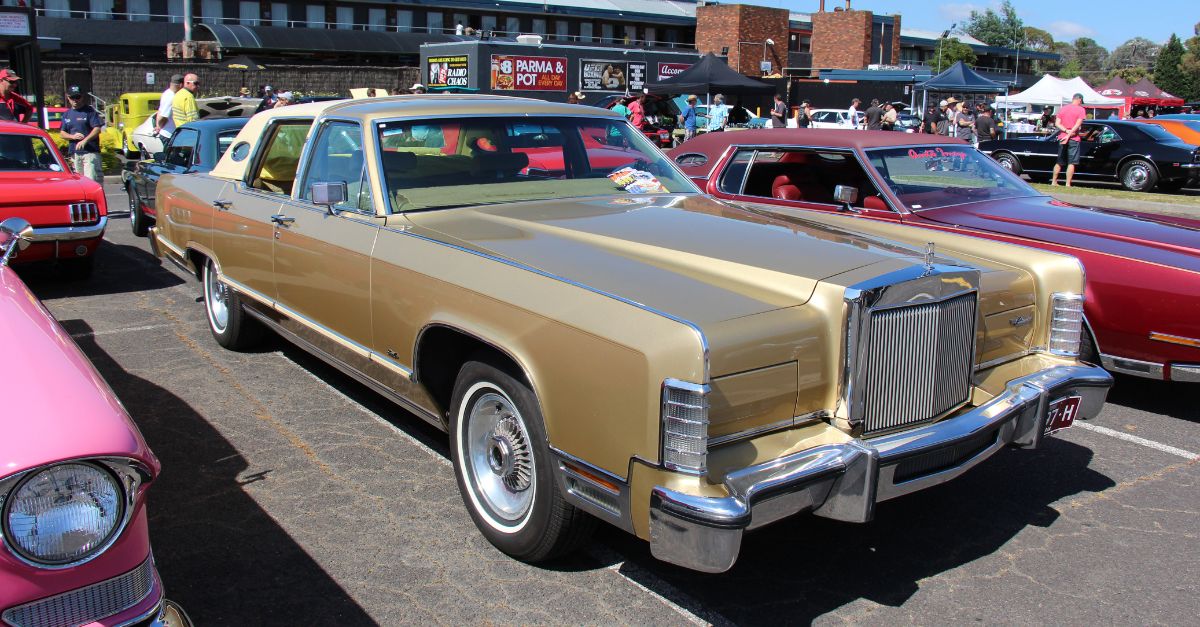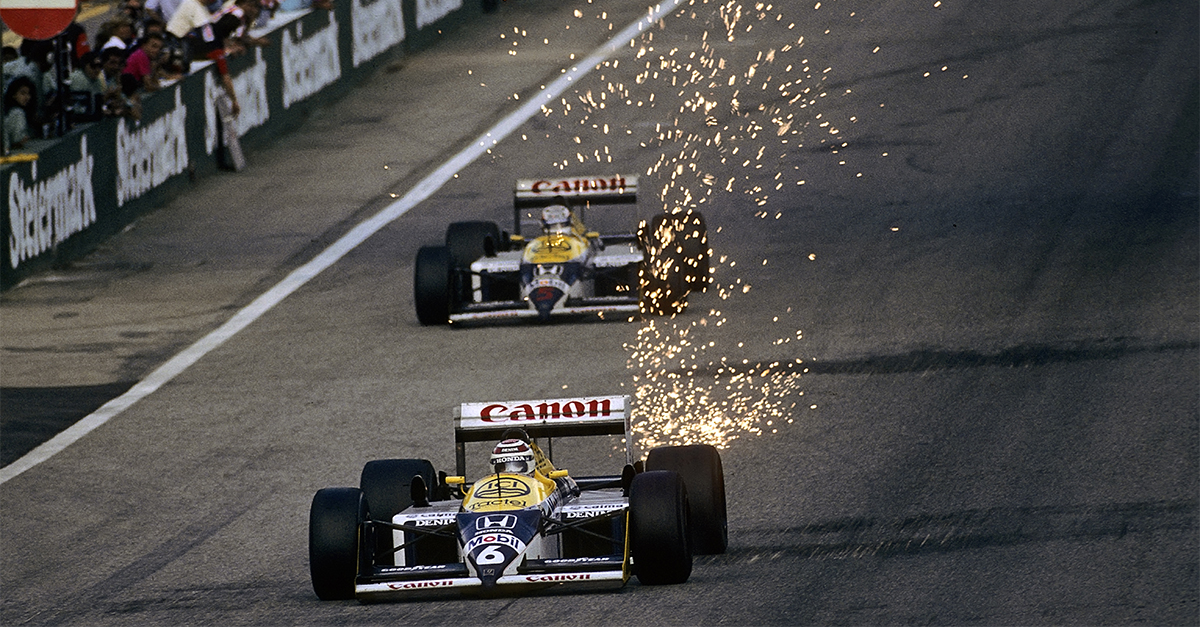Only The Sharpest Car Lovers Will Get These Right
Some cars are just cars. Others? They're legends. If you think you really know your pony cars from your supercars, test your knowledge and see if you can name these 22 iconic rides.
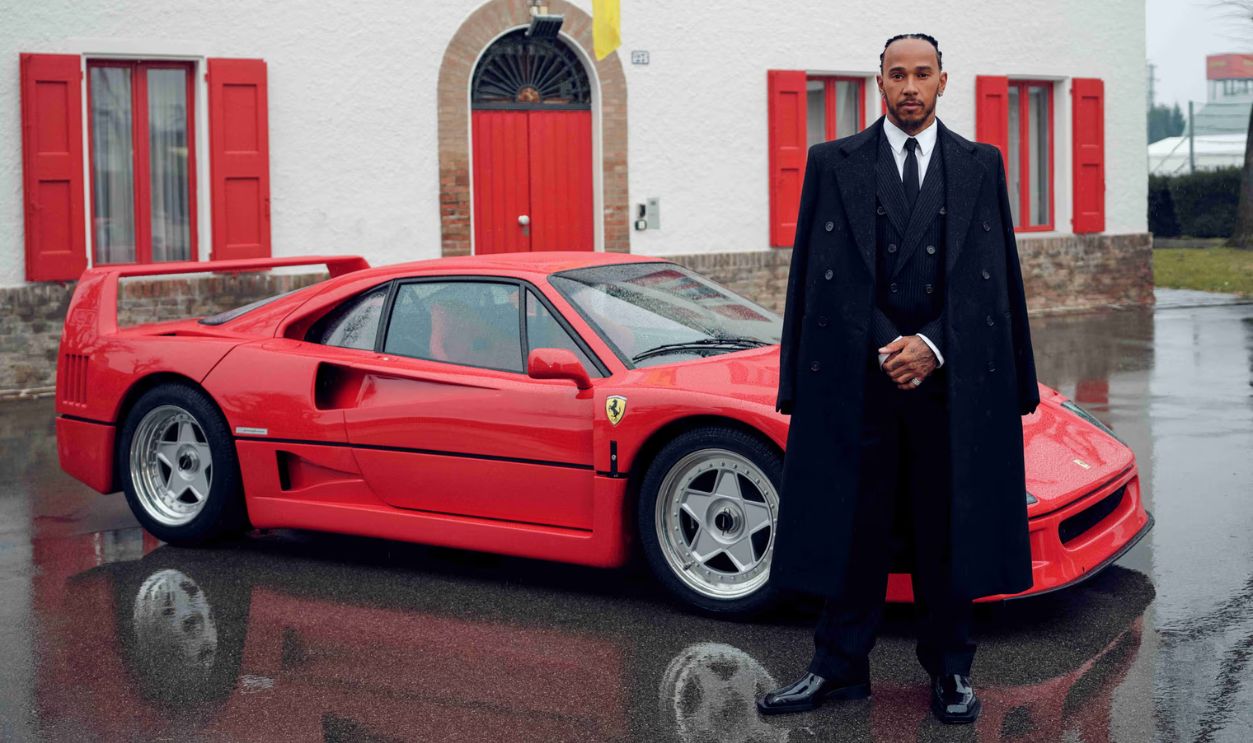
This Car Shares Its Name With A Wild Animal
This car was a revolution. Stylish and fast, it introduced an entirely new class of performance vehicles and became an instant hit.
The Answer
Ford Mustang (1964). The Mustang was a revolution. Stylish and fast, it introduced the "pony car" class and became an instant hit. With over 10 million units sold, it's one of the most beloved American cars ever.
Its Signature Split Rear Window Made It A One-Year Wonder
This car featured a distinctive design choice that ultimately proved impractical. Though it lasted only one model year, it became one of the most collectible versions of this American sports car.
The Answer
Chevrolet Corvette Stingray (1963). That famous split-window design was gone after one year. It reduced visibility, so Chevy axed it, but today, this version is one of the most sought-after Corvettes to prove that sometimes, flaws make perfection.
This Tiny Icon Became A Global Best-Seller
Originally produced to be an affordable car for the masses, this little vehicle went on to become a symbol of reliability and charm across generations.
The Answer
Volkswagen Beetle (1938–2003). What started as Hitler's idea for a "people's car" became a cultural phenomenon. The Beetle charmed drivers for decades. With over 21.5 million sold, it's the best-selling car design of all time.
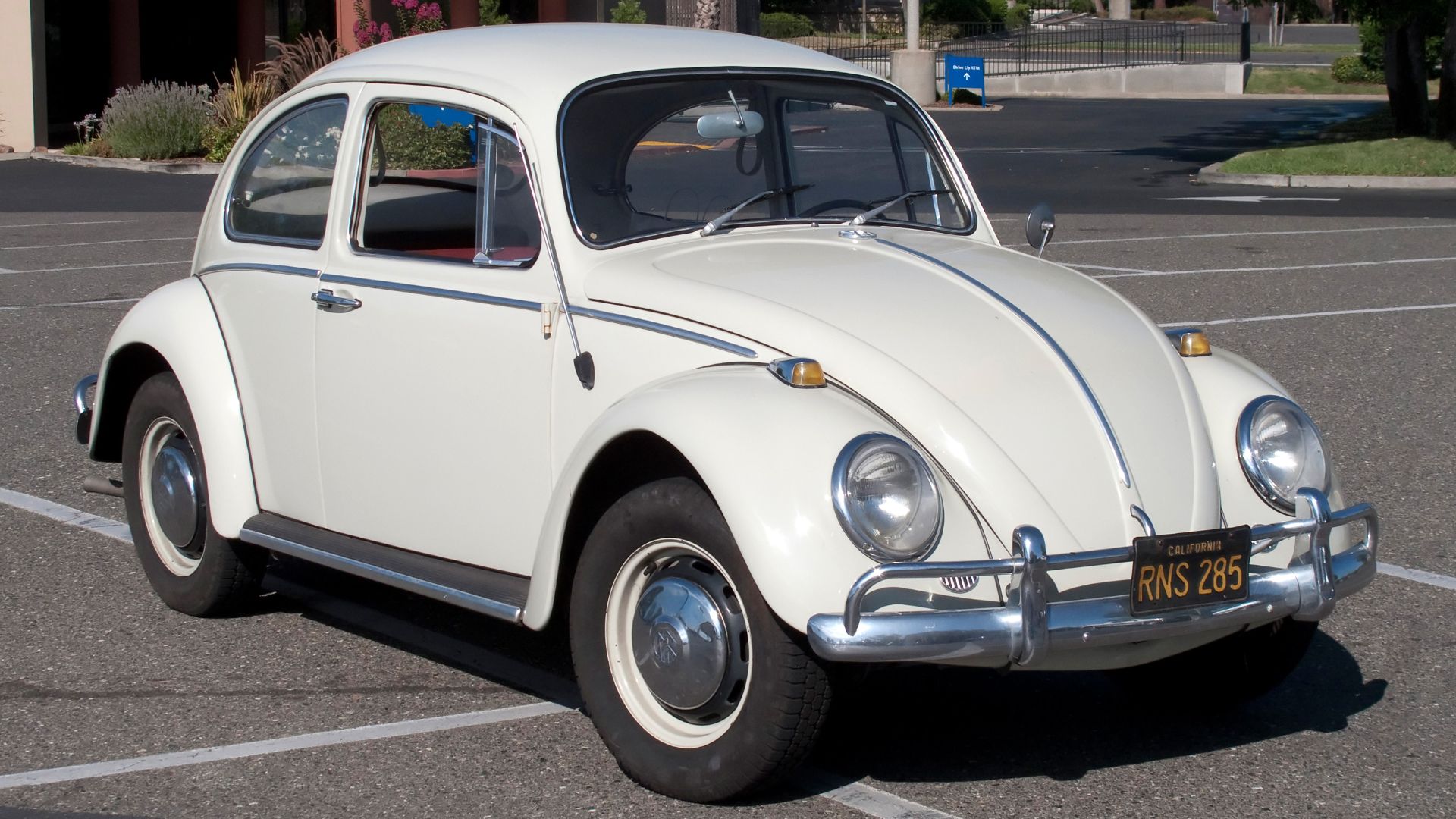 Robert Couse-Baker from Sacramento, California, Wikimedia Commons
Robert Couse-Baker from Sacramento, California, Wikimedia Commons
Ferrari Built Just 36 Of These
This legendary race-bred machine is so exclusive that seeing one in person is a rare privilege. Collectors pay astronomical prices for the few that still exist.
The Answer
Ferrari 250 GTO (1962). If you see one, consider yourself lucky. Only 36 were made, and one sold for $70 million in 2018. Built for racing, the 250 GTO remains one of the most exclusive collector cars on the planet.
Its Rear-Mounted, Air-Cooled Engine Design Has Barely Changed Since 1964
Few sports cars have remained so faithful to their original concept. This model's unique engine layout has been a defining feature for decades.
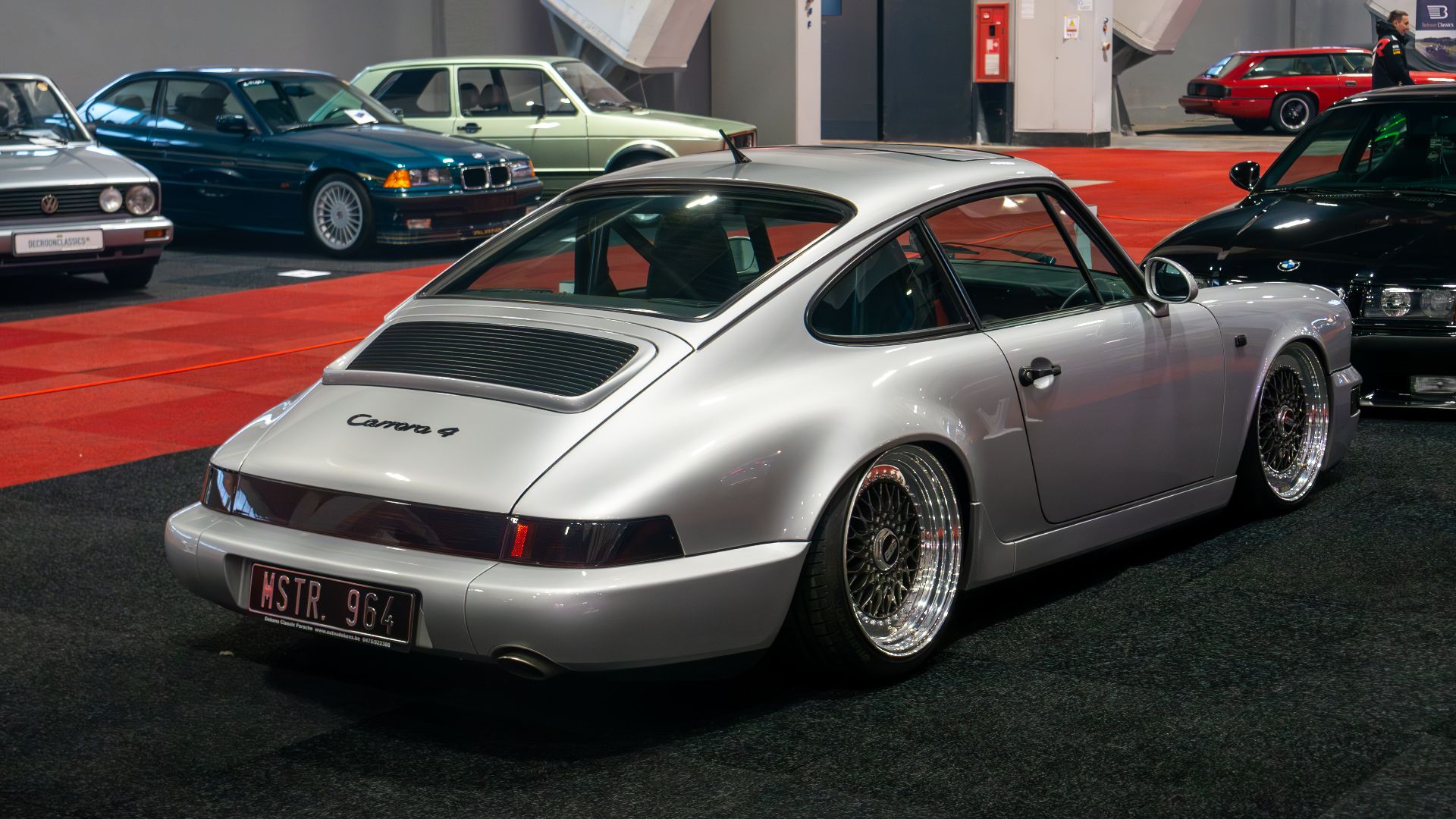 Matti Blume, Wikimedia Commons
Matti Blume, Wikimedia Commons
The Answer
Porsche 911 (1964). The classic rear-mounted 911 air-cooled engine changed to become water-cooled in 1998 with the 966 generation. Despite this change, Porsche has maintained its status as a sports car legend for over 60 years.
Enzo Ferrari Called This "The Most Beautiful Car Ever Made"
This sleek machine wasn't just about looks—it could also outrun most cars of its time, reaching speeds that were unheard of for road cars.
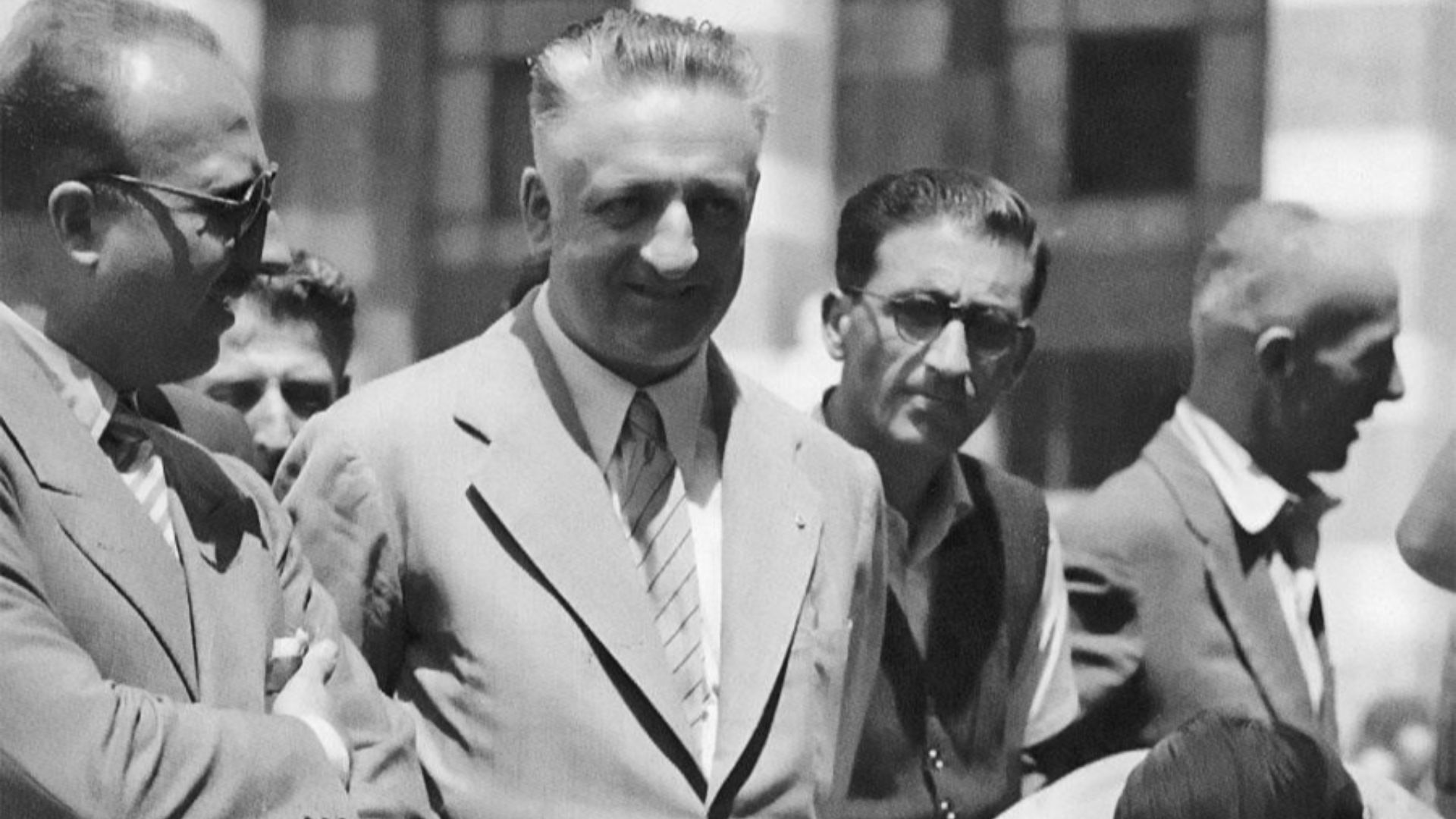 Unknown photographer, Wikimedia Commons
Unknown photographer, Wikimedia Commons
The Answer
Jaguar E-Type (1961). Not just looks; it hit 150 mph in an era when most cars struggled past 100. No wonder Enzo Ferrari gave it the ultimate compliment.
The World's First "Supercar" Had A Bull's Heart
This car changed the game. With a mid-engine layout and jaw-dropping speed, it set the blueprint for the modern supercar.
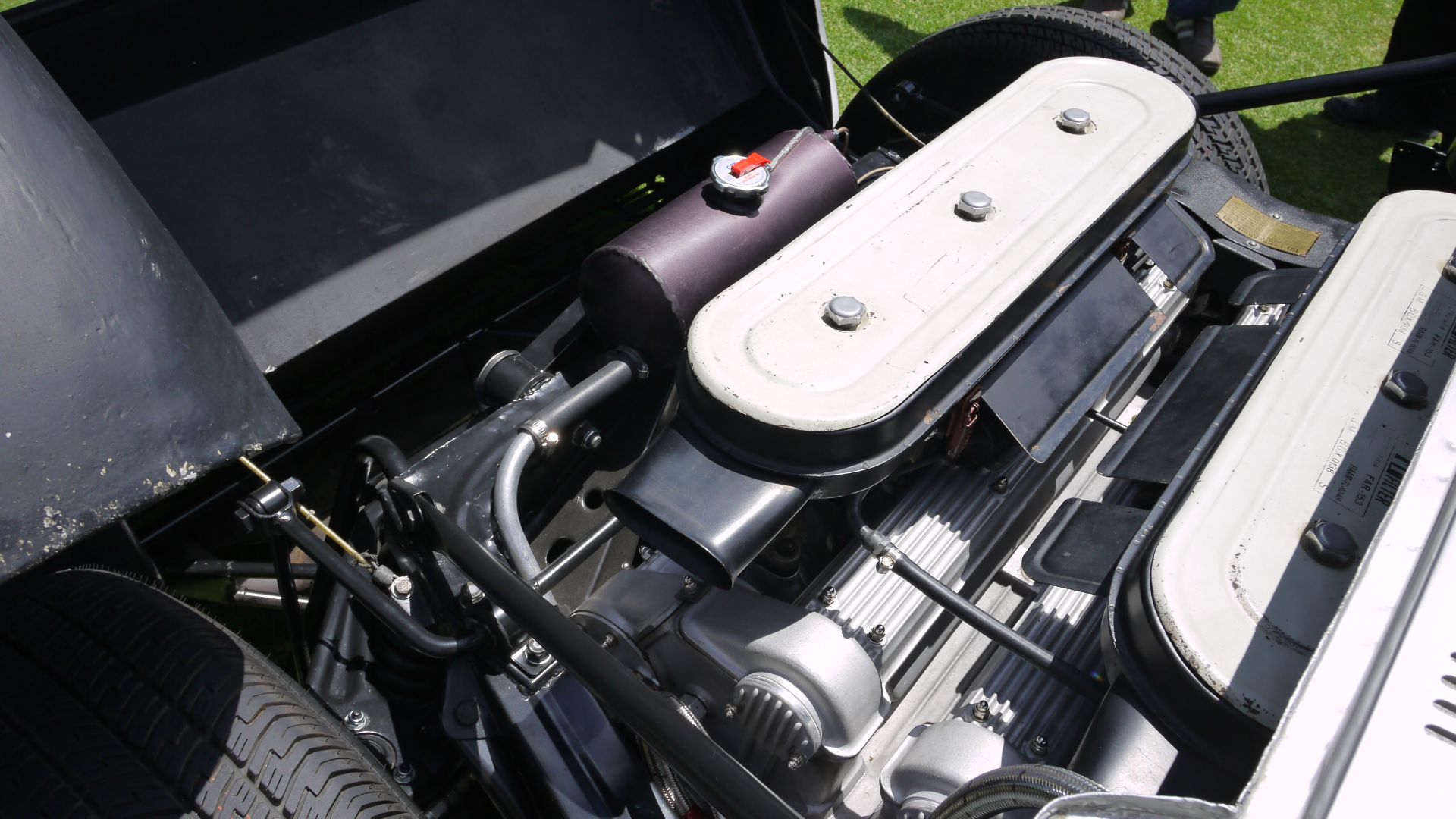 Craig Howell from San Carlos, CA, USA, Wikimedia Commons
Craig Howell from San Carlos, CA, USA, Wikimedia Commons
The Answer
Lamborghini Miura (1966). This wasn't just a car; it was a revolution. The first-ever mid-engine supercar, the Miura, set the stage for every Lambo that followed. It could hit 170 mph, an outrageous speed for the 1960s.
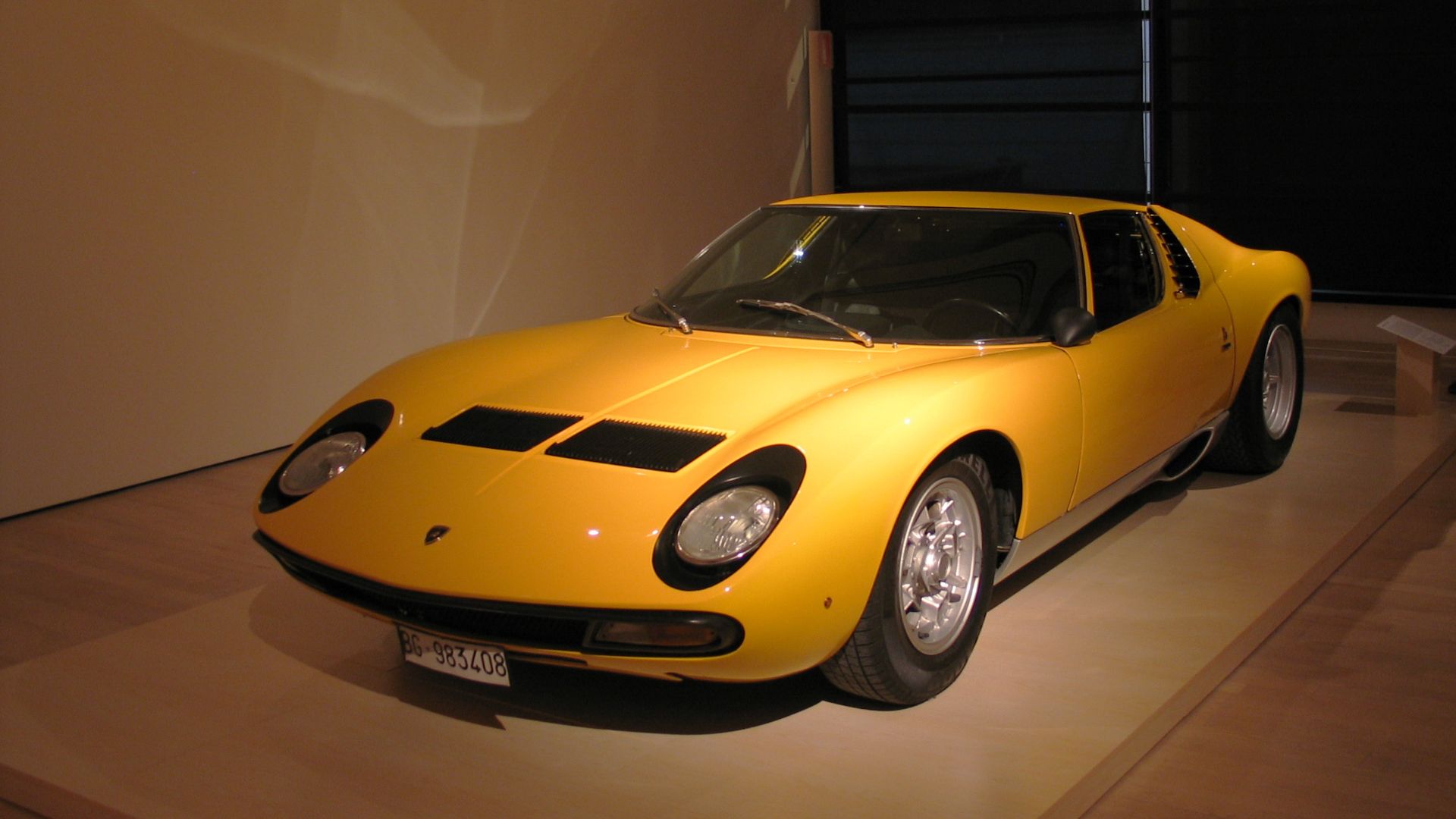 Davide Oliva from Italy, Wikimedia Commons
Davide Oliva from Italy, Wikimedia Commons
Its Bowtie-Wearing Rival Forced Chevy To Go Full-Throttle In 1967
When a certain pony car took over the streets, this muscle-bound machine arrived to challenge it, igniting one of the fiercest rivalries in automotive history.
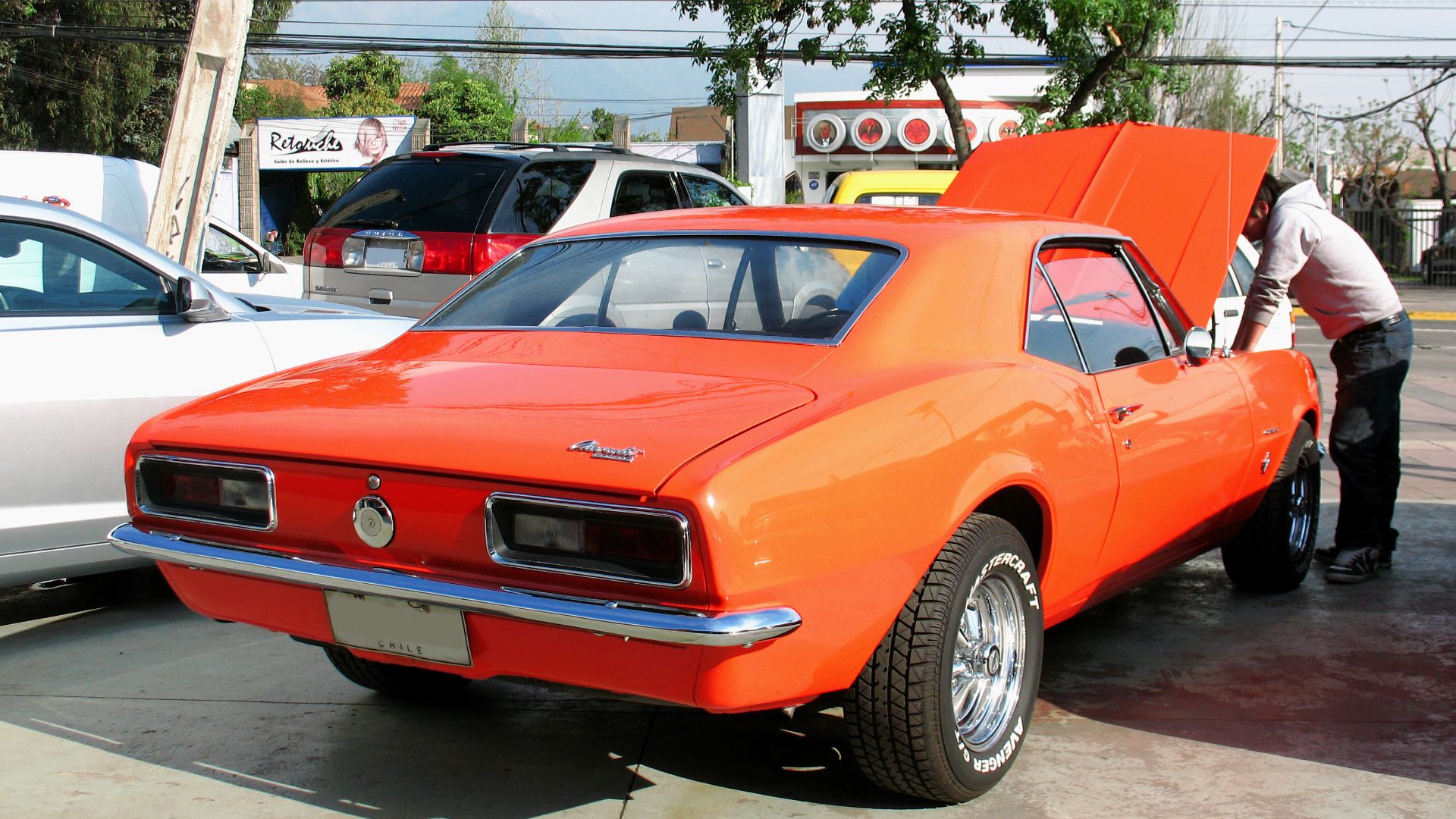 RL GNZLZ from Chile, Wikimedia Commons
RL GNZLZ from Chile, Wikimedia Commons
The Answer
Chevrolet Camaro (1967). When Ford's Mustang took over the streets, Chevy needed a counterpunch. Enter the Camaro: sleek and aggressive with a 396-cubic-inch V8. The Mustang-Camaro rivalry still rages on today.
This Muscle Car Is Famous For Its Role In The Dukes Of Hazzard
It became a TV legend, known for high-flying jumps, wild chases, and that unforgettable orange paint job.
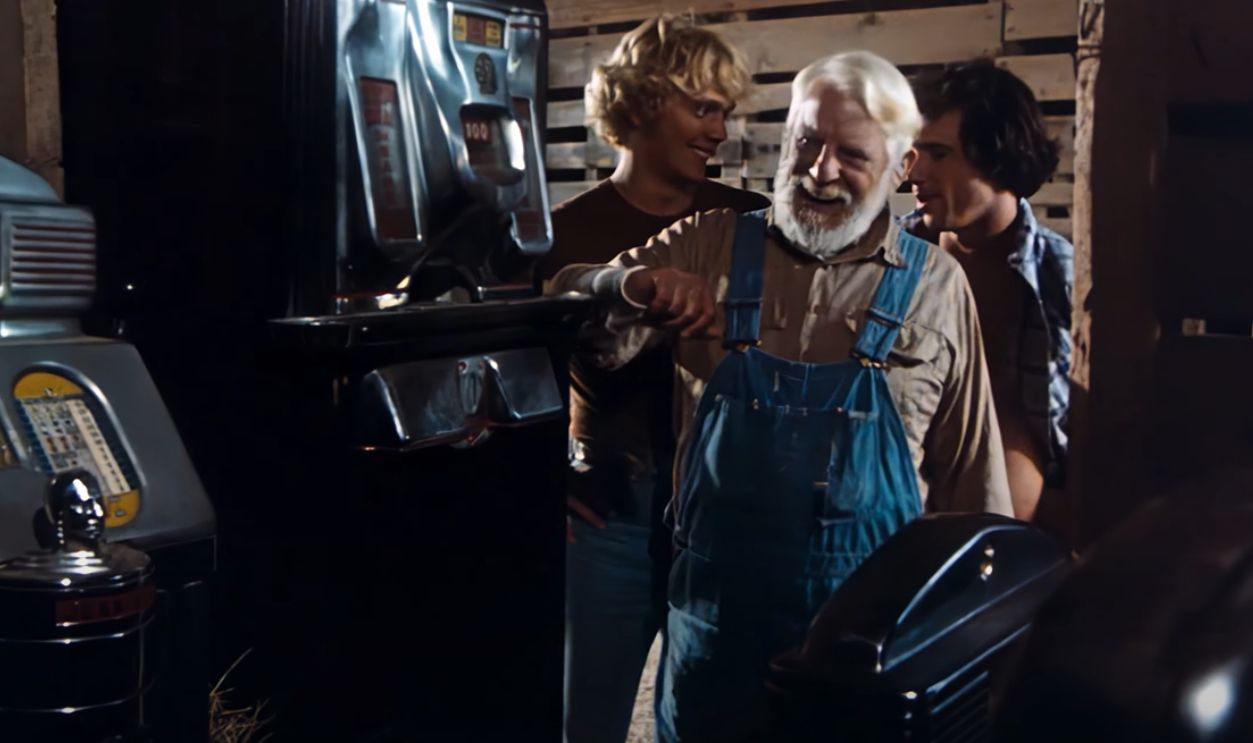 The Dukes of Hazzard TV theme song Waylon Jennings 4K AI remaster by Jeffrey Mackay
The Dukes of Hazzard TV theme song Waylon Jennings 4K AI remaster by Jeffrey Mackay
The Answer
Dodge Charger (1966). You've seen it flying through the air as the "General Lee”. However, beyond Hollywood fame, the Charger packed serious muscle, with some models having a 426 HEMI V8 capable of smoking almost anything at a stoplight.
James Bond's Favorite Ride
No other car is more closely tied to the world’s most famous spy. It became an instant icon, complete with gadgets fit for a secret agent.
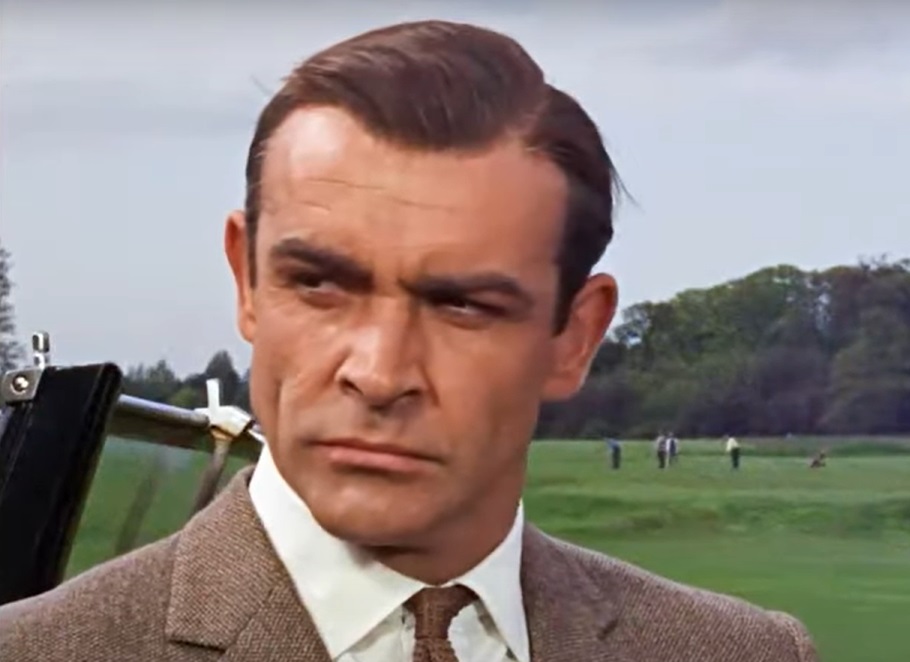 United Artists, Goldfinger (1964)
United Artists, Goldfinger (1964)
The Answer
Aston Martin DB5 (1963). No other car screams "British spy" quite like the DB5. Because of Goldfinger, it became the most famous Bond car ever. Real-world versions lack gadgets, but they do offer timeless luxury and a 4.0L straight-six engine.
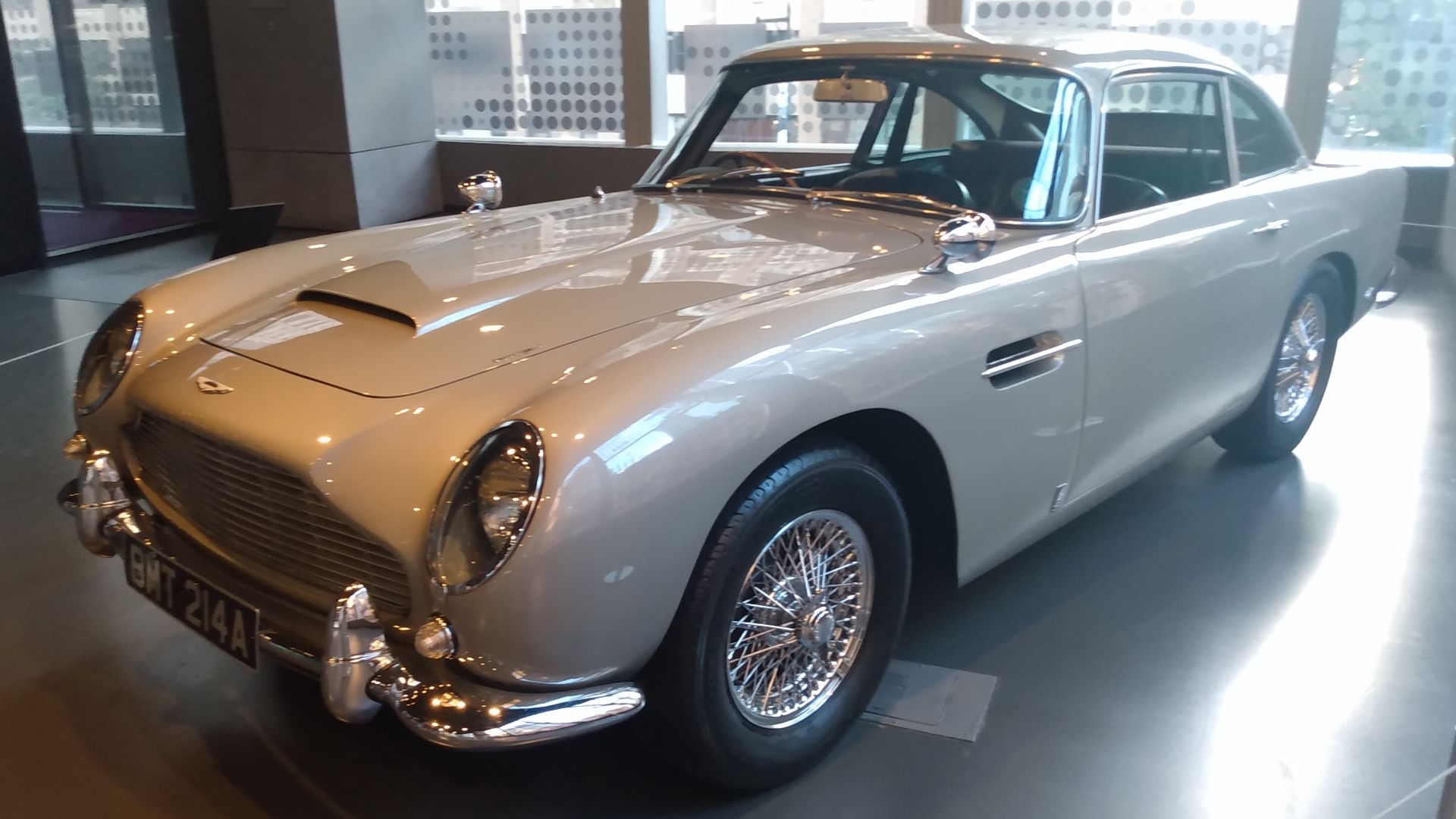 DestinationFearFan, Wikimedia Commons
DestinationFearFan, Wikimedia Commons
This Car Became A V8-Powered Giant Slayer
A lightweight roadster, a powerful American V8, and a legendary builder—this car had the perfect recipe for domination on the track and the streets.
 Cold Start 1962 Shelby Cobra 50th Anniversary CSX8000 by Joey Cascio
Cold Start 1962 Shelby Cobra 50th Anniversary CSX8000 by Joey Cascio
The Answer
Shelby Cobra (1962). Carroll Shelby took a lightweight British roadster and stuffed a Ford V8 inside, which created an absolute monster. Weighing under 2,500 pounds, the Cobra could outrun cars with twice the power. Even today, it's one of the most fearsome machines ever built.
Its Gullwing Doors Made It Look Like A Spacecraft In 1954
This car's futuristic design wasn't just for show—its unique doors were a necessity due to its innovative chassis design.
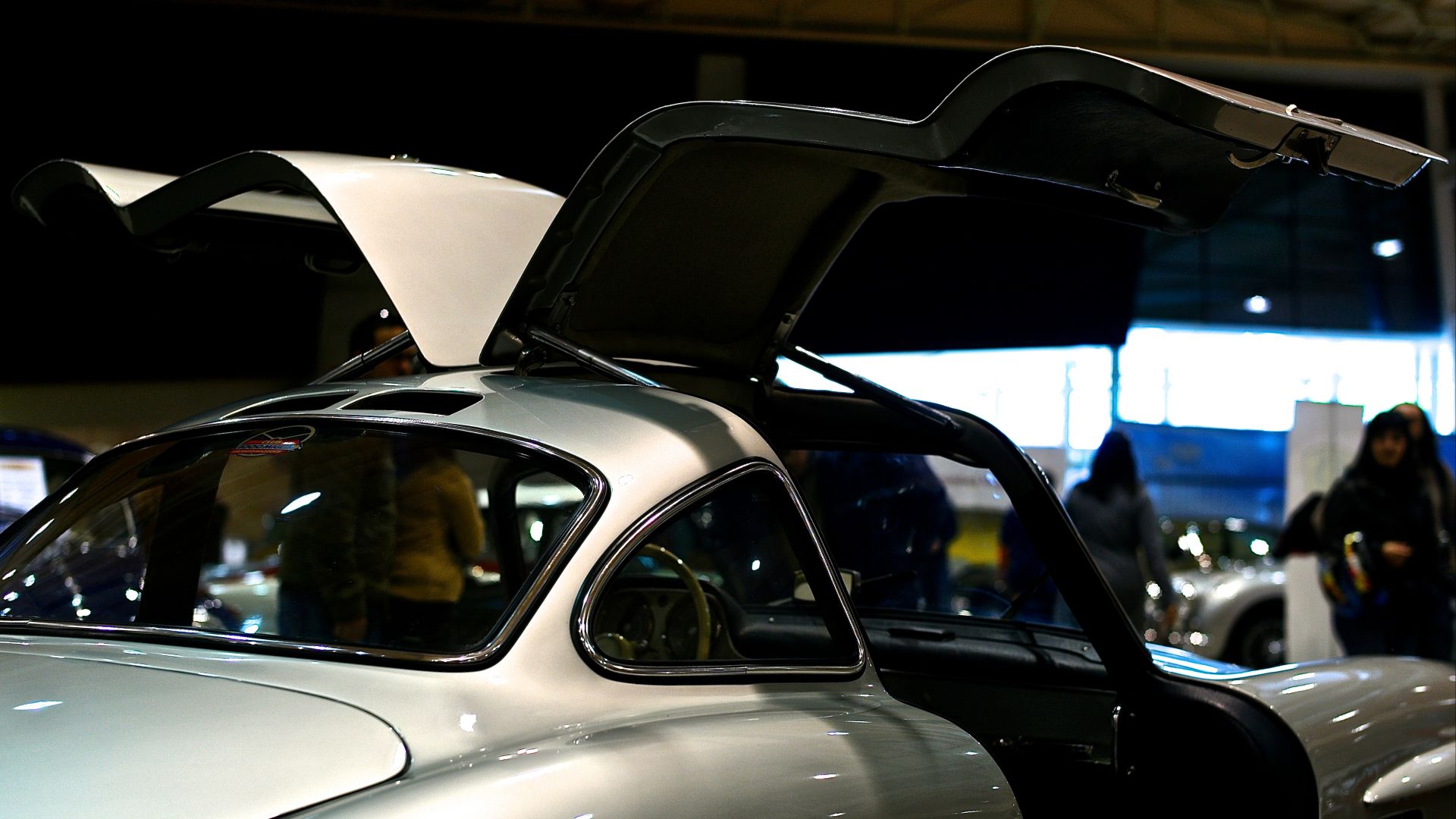 Pedro Ribeiro Simões from Lisboa, Portugal, Wikimedia Commons
Pedro Ribeiro Simões from Lisboa, Portugal, Wikimedia Commons
The Answer
Mercedes-Benz 300SL Gullwing (1954). Those famous upward-opening doors were necessary because of the tubular frame underneath. With fuel injection and a top speed of 160 mph, it was the fastest car of its time.
Japan's First Supercar
With sleek styling and precision engineering, this rare beauty proved that Japan could build a world-class sports car.
The Answer
Toyota 2000GT (1967). With stunning Bond-movie looks and a Yamaha-tuned inline-six, it was Japan's first attempt at a supercar. Only 351 were built, which made it ultra-rare today.
It Stole The Spotlight In Smokey And The Bandit
This muscle car became an instant Hollywood star thanks to its unforgettable looks and a certain mustached driver.
 The Bandit Escapes The Cops AGAIN (Burt Reynolds) | Smokey and the Bandit by Action Picks
The Bandit Escapes The Cops AGAIN (Burt Reynolds) | Smokey and the Bandit by Action Picks
The Answer
Pontiac Firebird Trans Am (1977). The screaming chicken decal on the hood was just the beginning. Thanks to Burt Reynolds and Hollywood magic, this V8-powered beauty became a pop culture icon. Pontiac even saw sales double after the movie hit theaters.
A Japanese Icon That Became A Video Game And Movie Legend
With all-wheel drive, twin turbos, and a legendary inline-six engine, this car became an icon of speed and tuning culture.
The Answer
Nissan Skyline GT-R R34 (1999). The RB26 engine and insane tunability made this a dream car. It became a global star through Fast & Furious and Gran Turismo and proved that Japanese performance cars could dominate on any stage.
With A Center-Seat Layout, This Supercar Once Held The Fastest Car Record
Designed by a Formula 1 genius, this car featured an innovative three-seat cockpit and a record-breaking top speed.
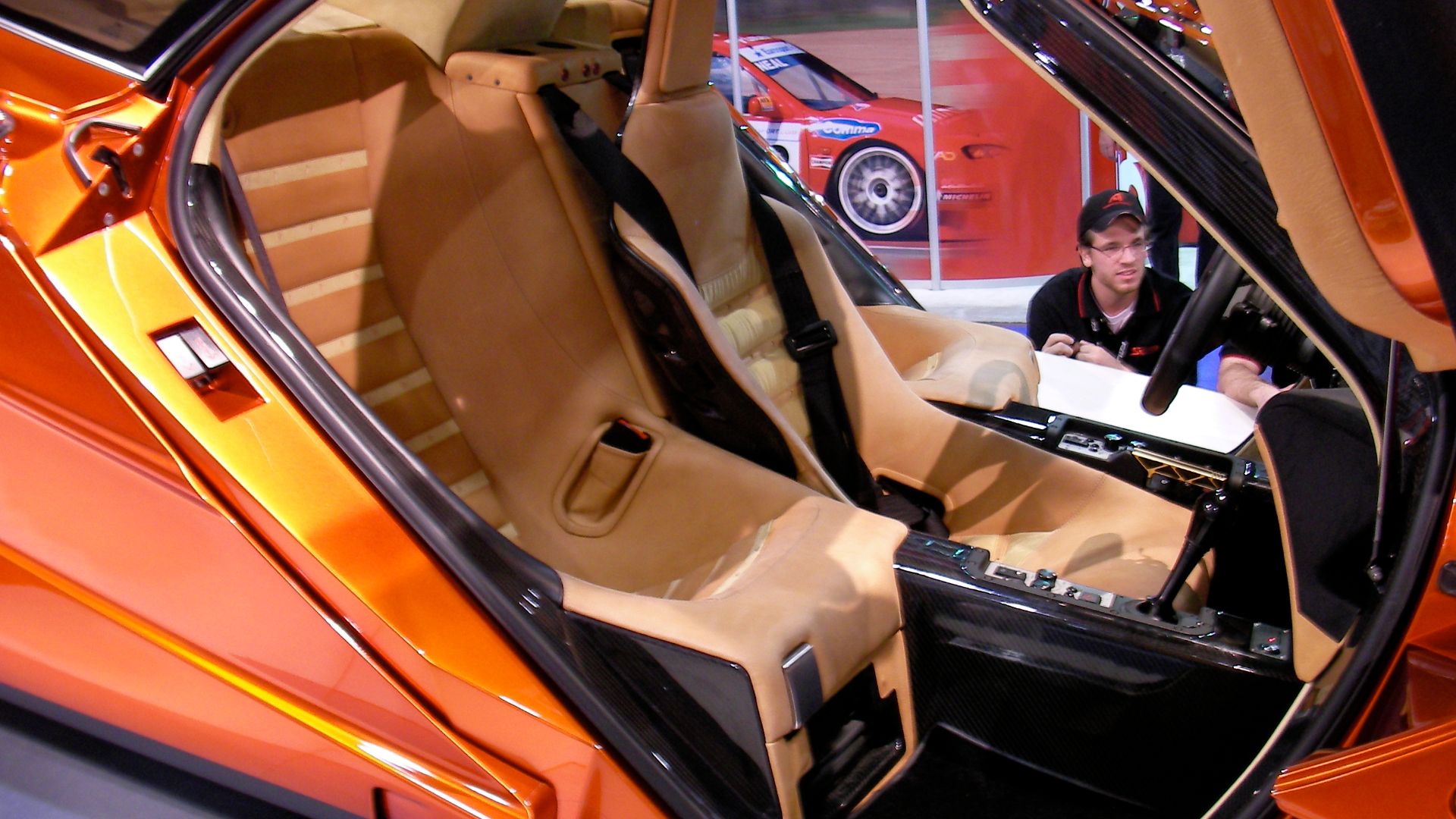 Eliot from Las Vegas, Wikimedia Commons
Eliot from Las Vegas, Wikimedia Commons
The Answer
McLaren F1 (1992). Gordon Murray's masterpiece had a naturally aspirated V12, a carbon-fiber body, and a center-driving position. It set the record for the fastest production car at 240.1 mph and still ranks among the most legendary supercars ever.
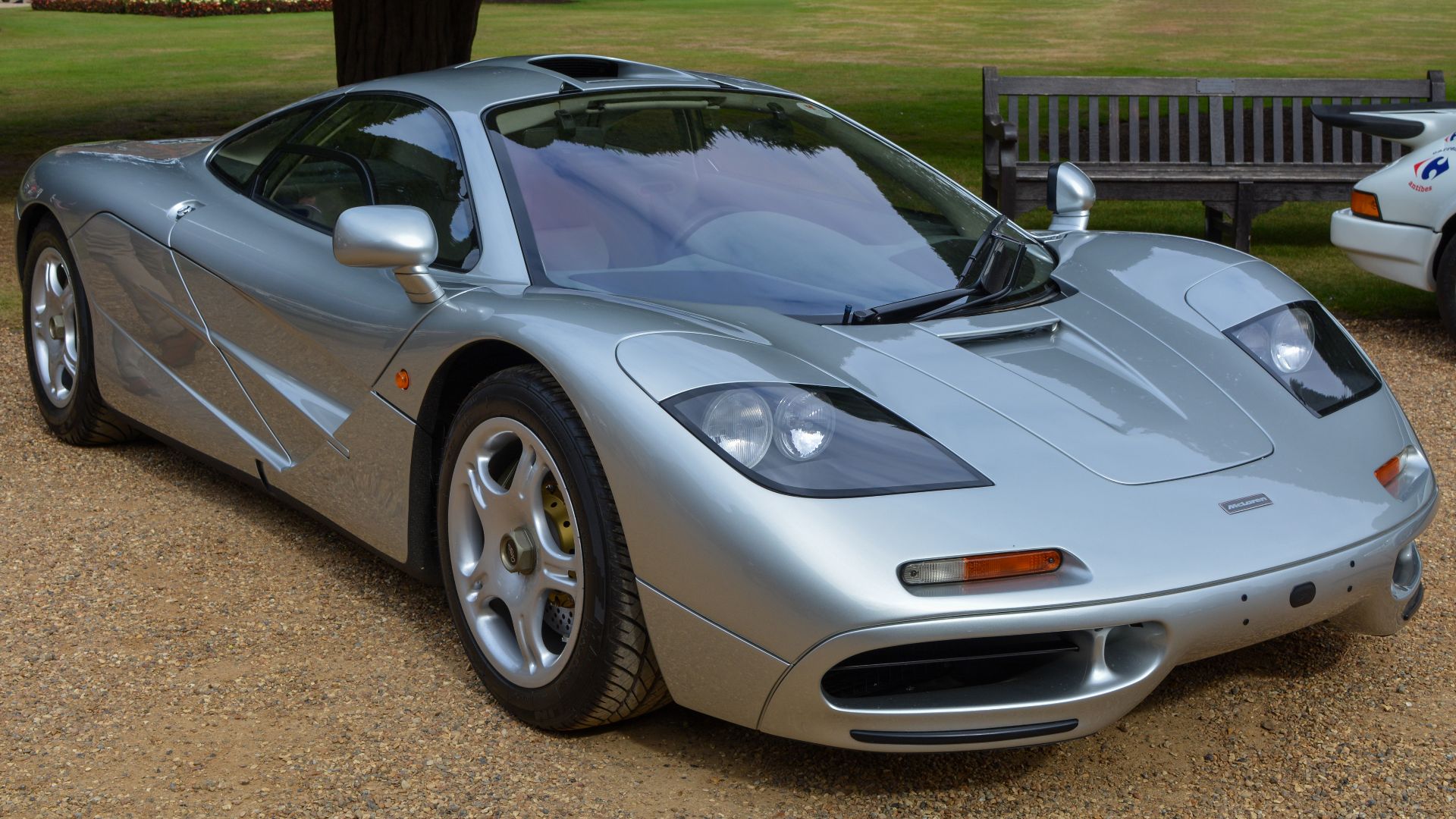 Chelsea Jay, Wikimedia Commons
Chelsea Jay, Wikimedia Commons
It Was A 10-Cylinder Beast With No Electronic Safety Nets
No traction control. No stability assist. Just raw V10 power and a reputation for biting back if you weren’t careful.
 Dana60Cummins, Wikimedia Commons
Dana60Cummins, Wikimedia Commons
The Answer
Dodge Viper (1992). No traction control and no stability assist—just a massive 8.0L V10 and a whole lot of muscle. The Viper was a barebones brute, demanding skill and courage from its drivers. It could hit 190 mph while trying to shake you off the road.
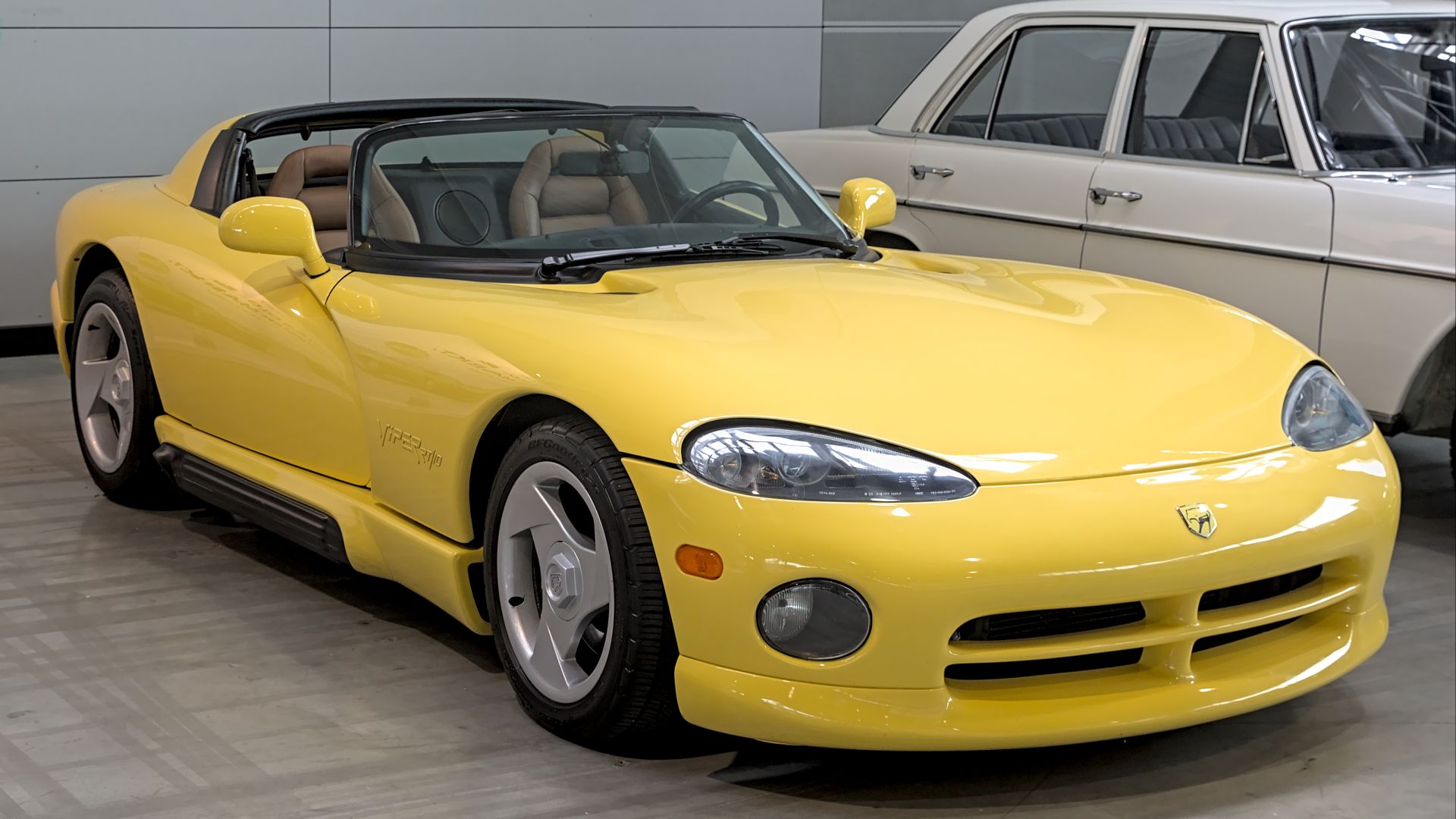 Alexander-93, Wikimedia Commons
Alexander-93, Wikimedia Commons
Its Stainless Steel Build And Doors Made It Instantly Recognizable
With a futuristic design, unique doors, and a brushed metal body, this car looked straight out of a sci-fi movie—even before it starred in one.
The Answer
DeLorean DMC-12 (1981). Even without Back to the Future, this car would be unforgettable. Brushed stainless steel and a futuristic look made it stand out. Too bad its V6 engine was underwhelming.
Its Giant Rear Wing Helped It Dominate NASCAR In 1970
Built purely for speed, this car’s aerodynamic shape and massive wing made it nearly unbeatable—so much so that it was banned from competition.
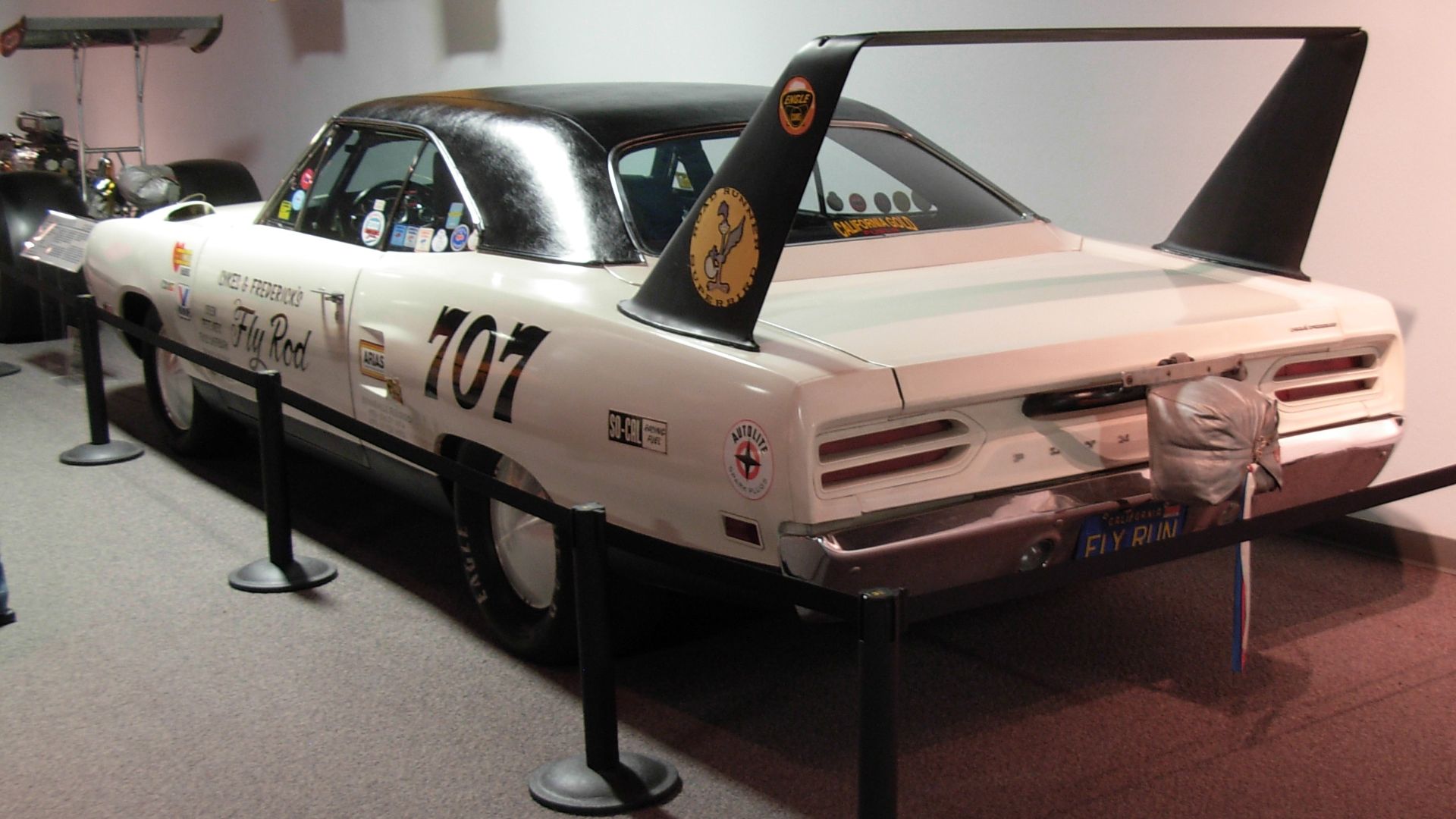 brewbooks from near Seattle, USA, Wikimedia Commons
brewbooks from near Seattle, USA, Wikimedia Commons
The Answer
Plymouth Superbird (1970). That massive wing gave real downforce at 200 mph. Built to crush NASCAR, the Superbird was so dominant that officials banned it the following year. Now, it's one of the most collectible muscle cars ever.
Built Just To Take Down Ferrari, It Ended Up Dominating Le Mans
Born out of revenge, this American racing legend crushed the competition and rewrote motorsport history.
The Answer
Ford GT40 (1966). Enzo Ferrari snubbed Henry Ford II, so Ford built this beast purely out of spite. The result? Four straight Le Mans wins, forever humiliating Ferrari. It was loud, fast, and basically America's way of saying, "Mess with us? Think again”.
A Lowrider Favorite, This Cruiser Ruled The Streets In The 1960s
Whether decked out in chrome or bouncing on hydraulics, this car became a cultural icon in the lowrider scene.
 HOPPING A LOW RIDER '64 IMPALA SS! | CURRIE GARAGE | EPISODE 5 by Currie Enterprises
HOPPING A LOW RIDER '64 IMPALA SS! | CURRIE GARAGE | EPISODE 5 by Currie Enterprises
The Answer
Chevrolet Impala SS (1964). Whether bouncing on hydraulics or blasting V8 power, the Impala SS defined cool. It became a lowrider icon and a muscle car all rolled into one. Chevy really knocked it out of the park with this one.
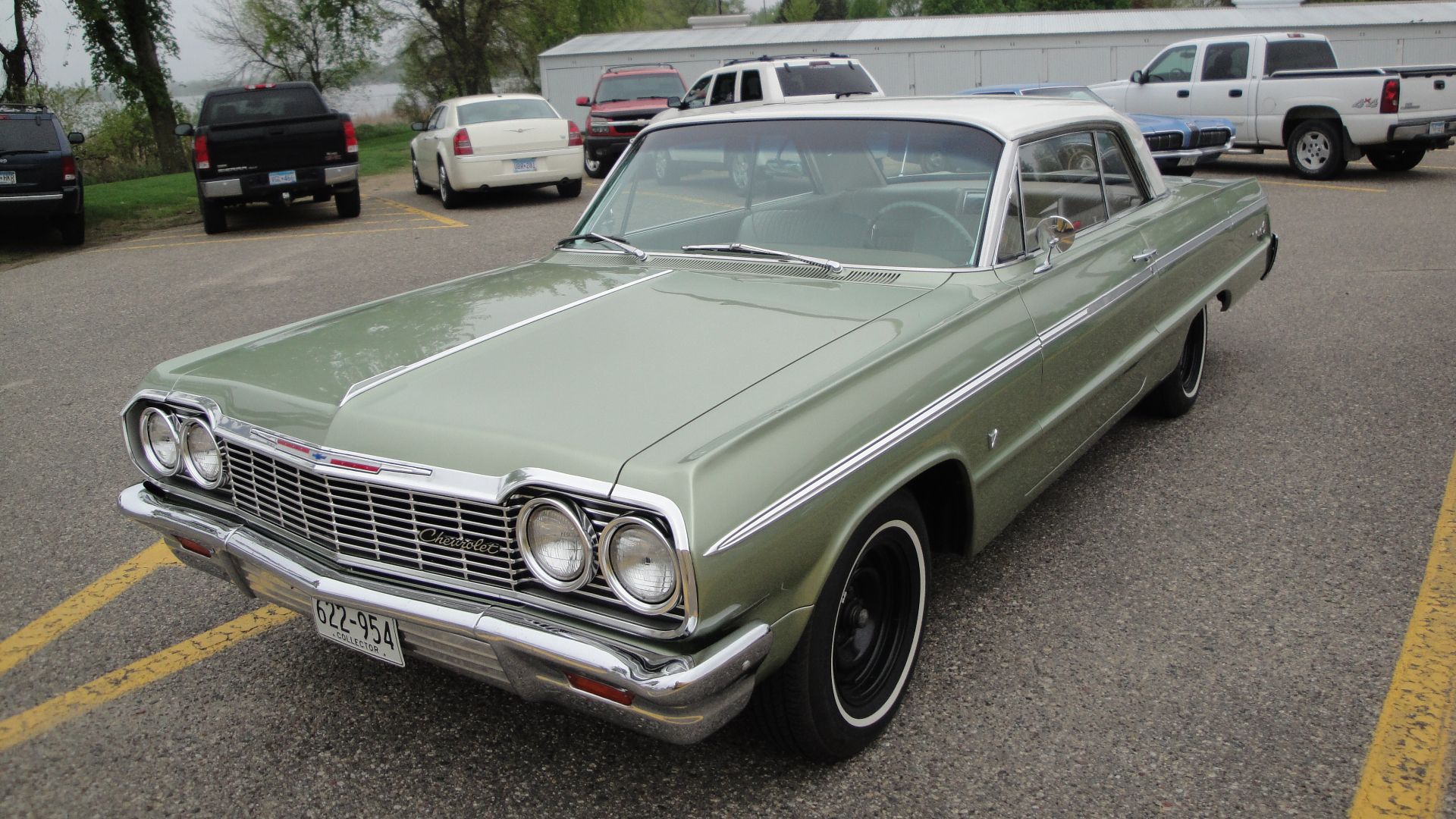 Greg Gjerdingen, Wikimedia Commons
Greg Gjerdingen, Wikimedia Commons
A 1,000-Horsepower Monster That Redefined Speed In The 2000s
With four turbochargers and an insane top speed, this car shattered records and expectations of what a hypercar could be.
 Brian Snelson from Hockley, Essex, England, Wikimedia Commons
Brian Snelson from Hockley, Essex, England, Wikimedia Commons
The Answer
Bugatti Veyron (2005). Imagine driving a 16-cylinder, quad-turbo hypercar capable of hitting 253 mph—and doing it in luxury. The Veyron made 1,000 horsepower look effortless to prove that even billionaires like to go fast.


